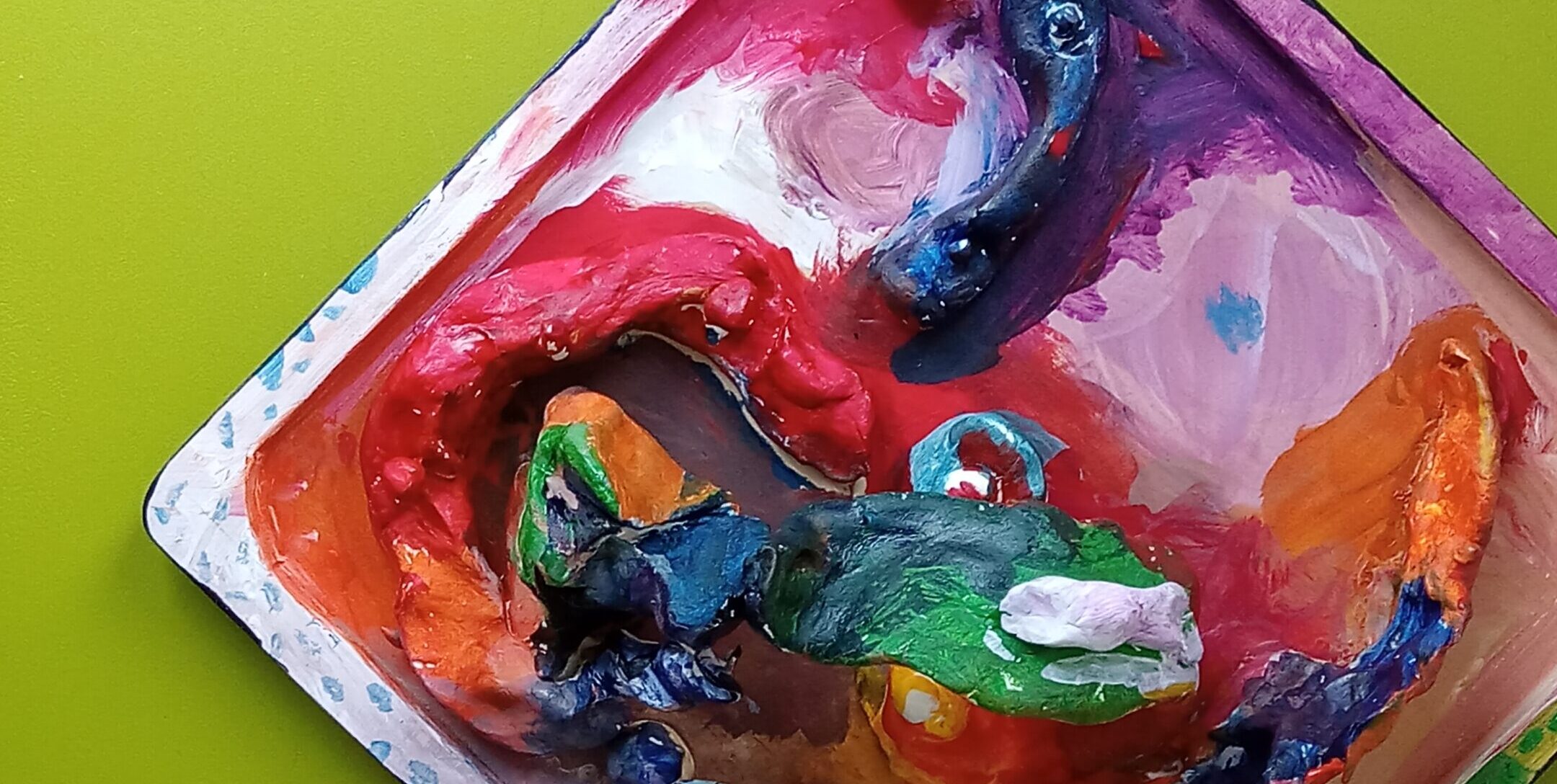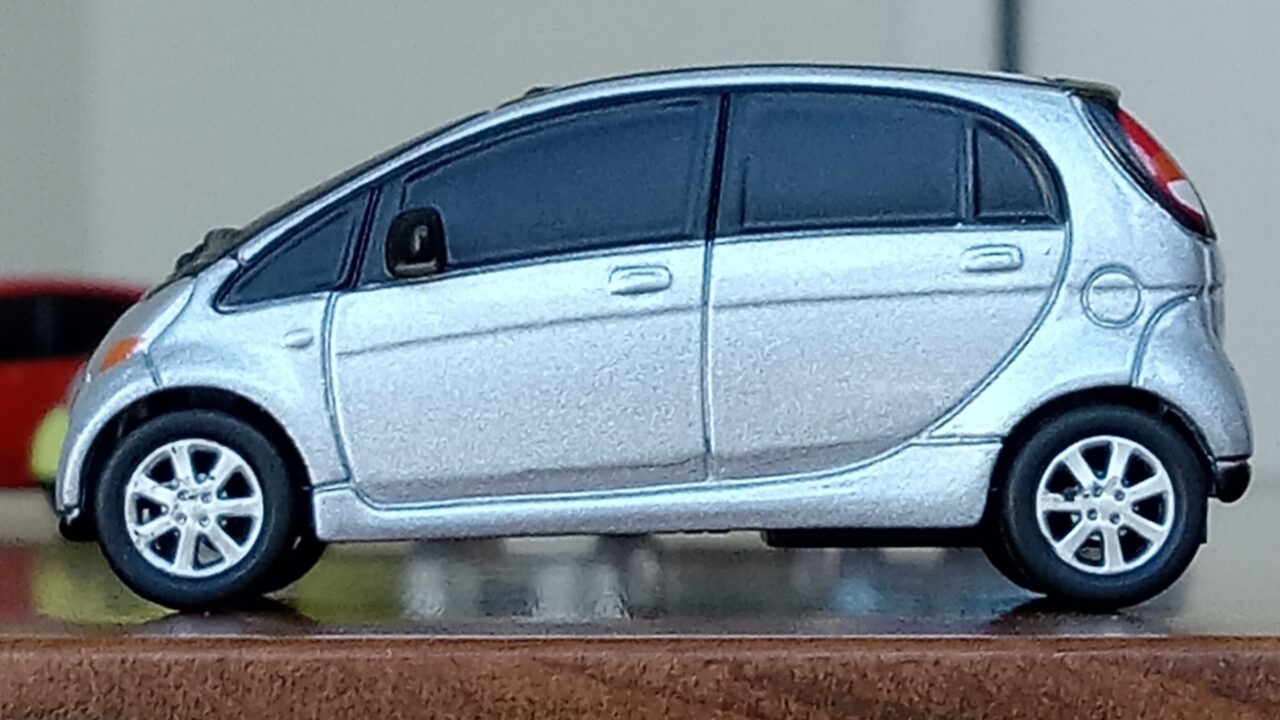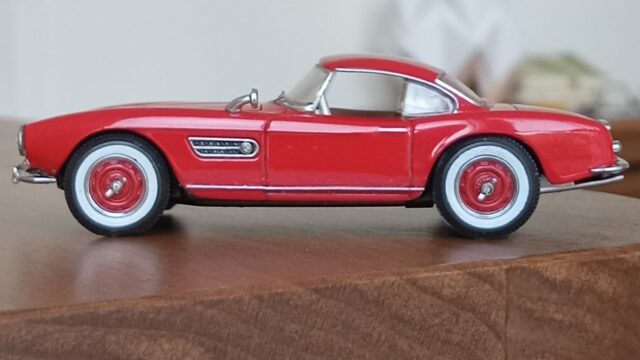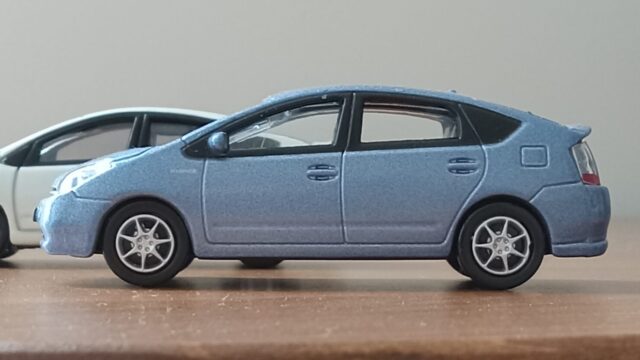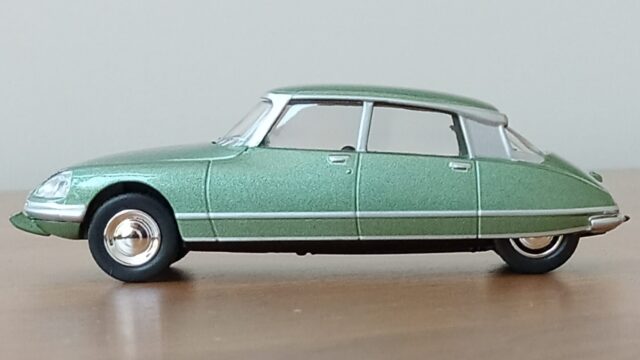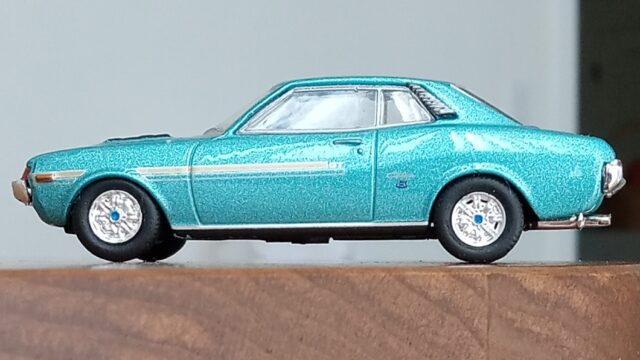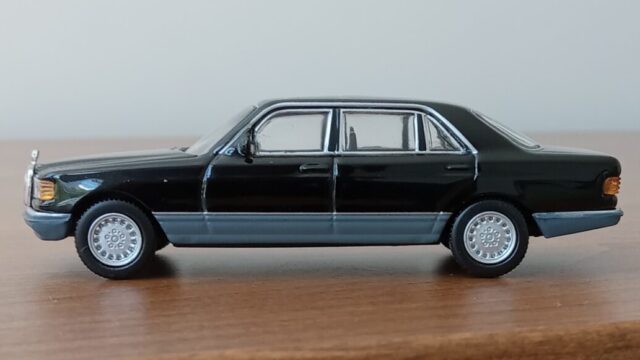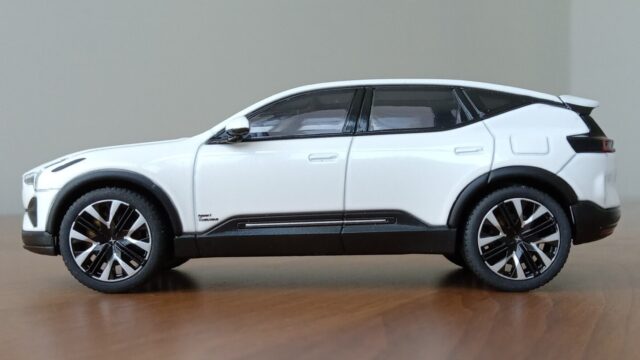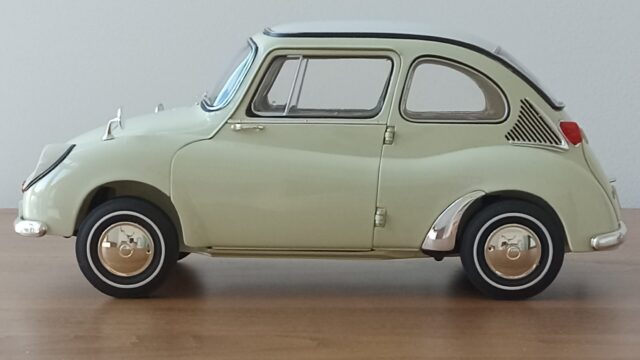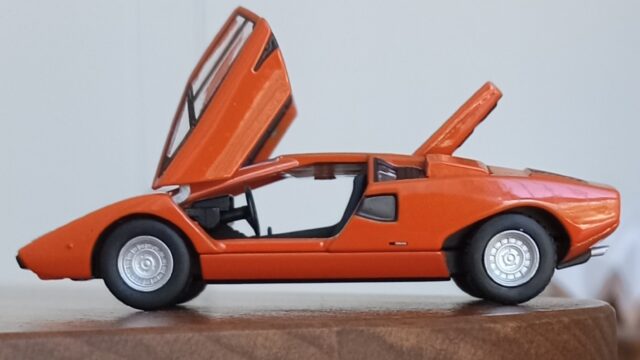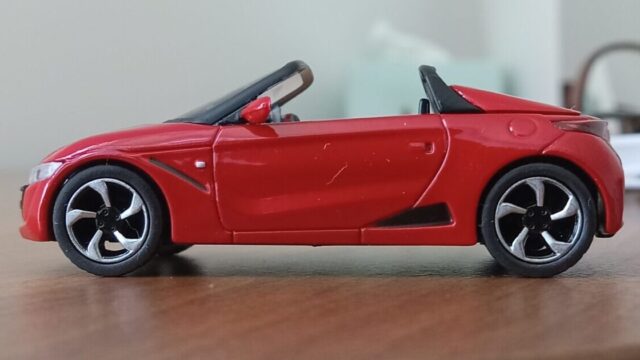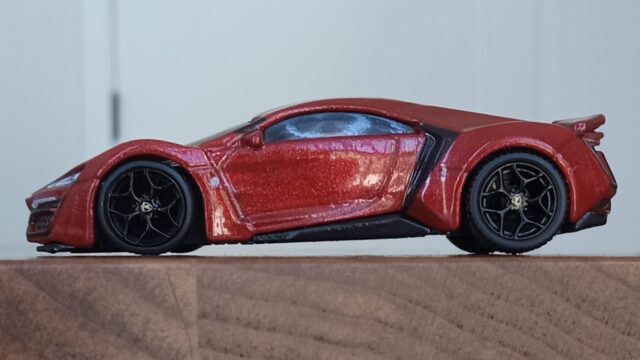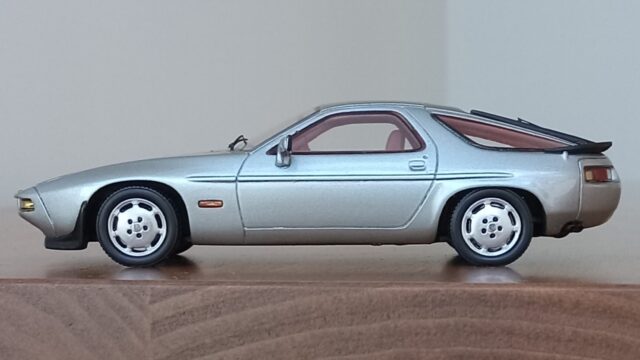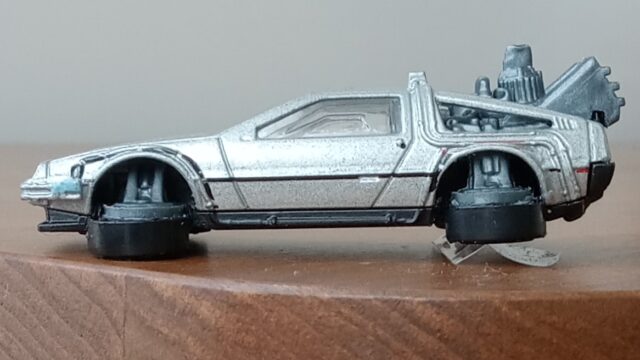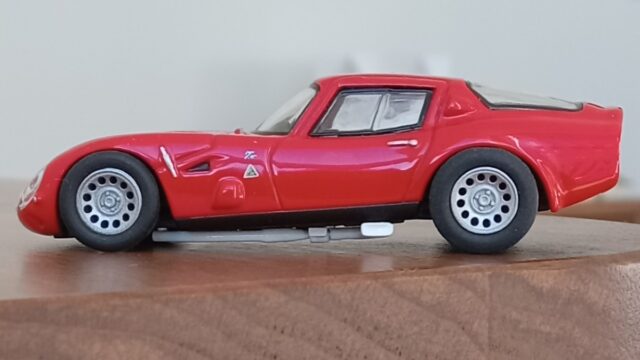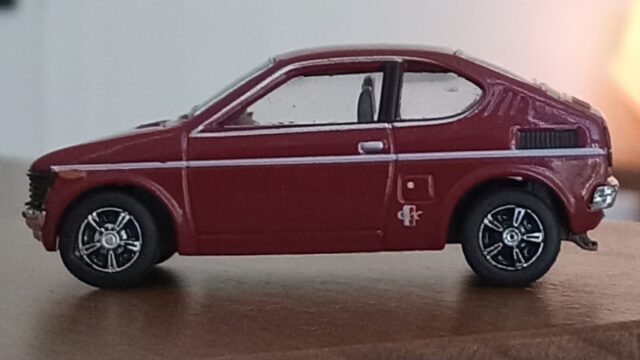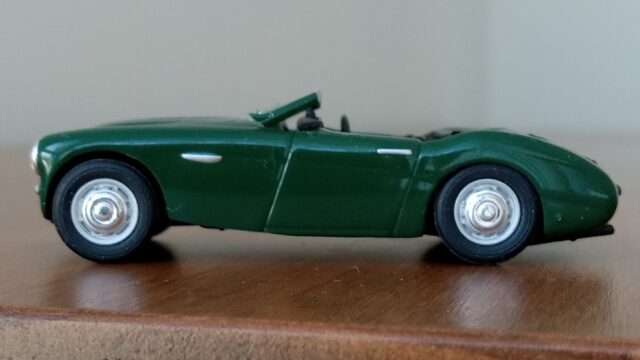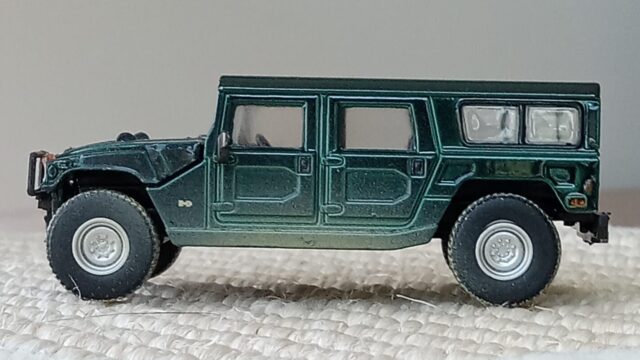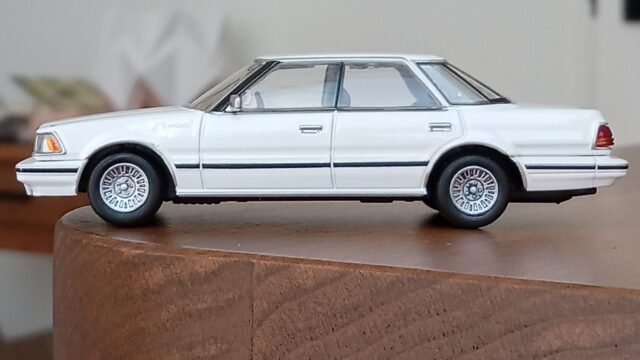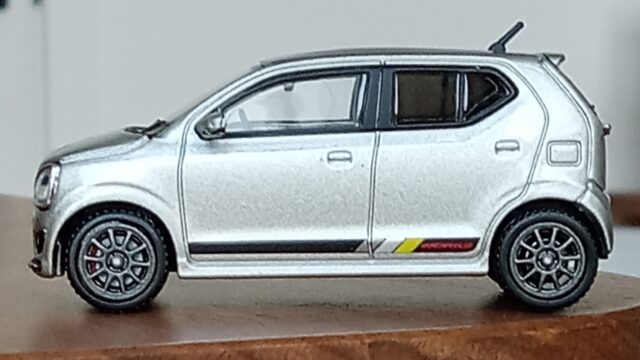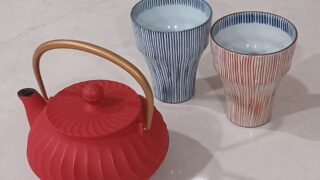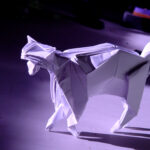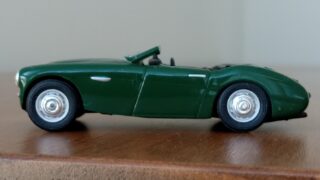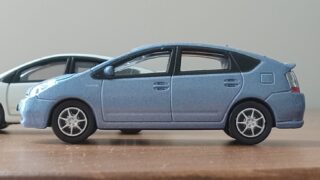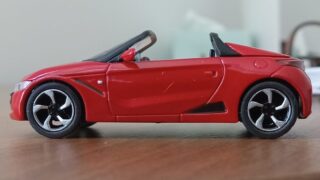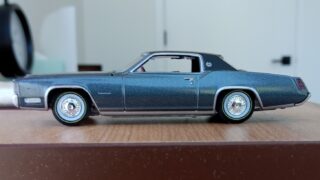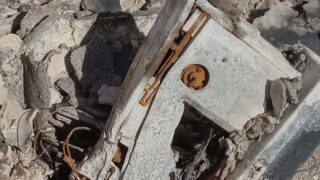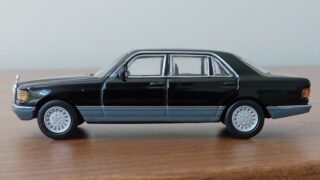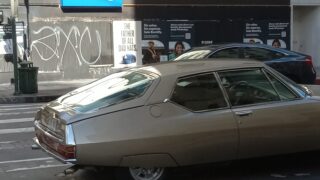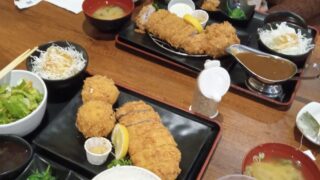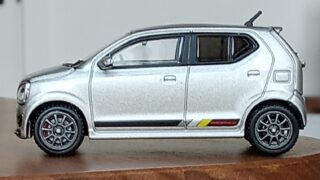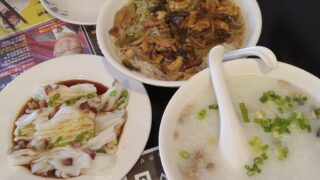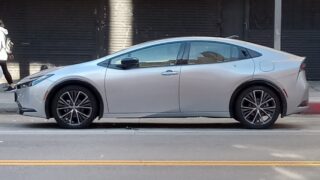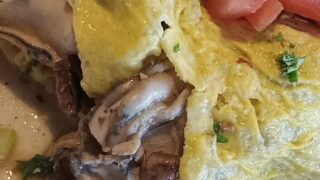第2回:ミツビシ『i』(アイ)(外装色:シルバー)
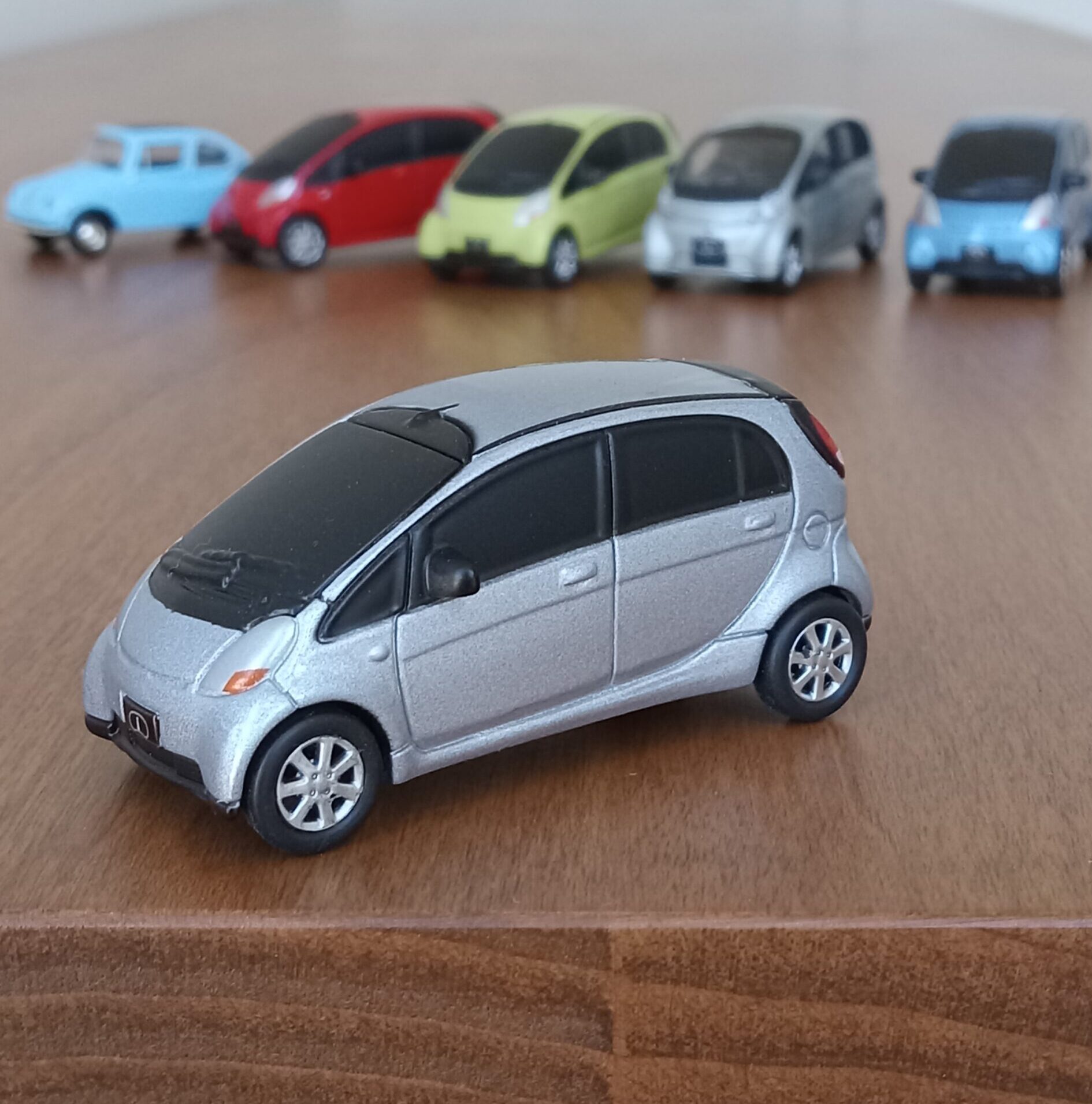
私にとって今回のミツビシ『i』は、
遅咲きの、
『オーガニック・デザイン』
(シンデレラのかぼちゃの馬車にも似てますが、、、笑)
と呼べるもので、
90年代の大ブーム時からデザイン界に潜伏していた、非常に強力な『オーガニック・デザイン』と言う因子が、
突然変異的に30年の眠りから目覚めた!!
といった感じです。
これまでも初代トヨタ・エスティマ(プレビア)などのように、卵型の球体ボディーを、商用車や家族向け乗用車に応用した例はありましたが、今回ミツビシ『i』が軽自動車の限られたパーケージの上で見事に成立させたのには頭が下がります。
『オーガニック・デザイン』って何?
私たち、90年代前半に自動車デザインの教育を受けたものにとって、流面形、オーガニック・デザインなどと呼ばれた、(既存の箱型で直線を多用したデザイン言語に逆らう形で登場した。)
複雑な3次元曲面を多用した新たなデザインの流れは、
非常に魅力的に映り、
折からの空力学の進歩が免罪符的に働いたこともあって、
学生の間では、ルイジ・コラーニ
などの空力学と有機的な面造りに長けたデザイナーが信奉されるに至りました。
(コラーニ氏は実際、私の母校にゲストとして、彼自前のベンツの空力カーと一緒に来訪されました)
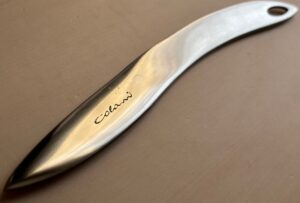
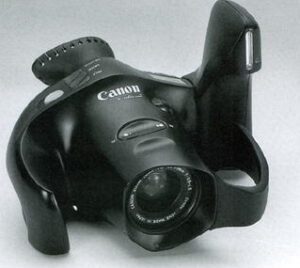
そんな中、実際にこのオーガニックデザインが生産車に応用されることは意外とまれで、
フォード・トーラスやバブル期のマツダ車にその結果を見ることができるぐらいです。
(当時資本・シャーシ提携の関係にあったマツダ・フォードグループが、有機的面創りに秀でたイタリア系デザインスタジオ:ギア社を手に入れたこともあり、このトレンドに積極的に乗った感じでした。)
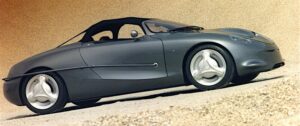
(1992 フォード・ギア・フォーカス:コンセプトカー)
では次に、実車の詳細を見て行きましょう、
今回の実車解説には以下の雑誌を参照させていただきました。
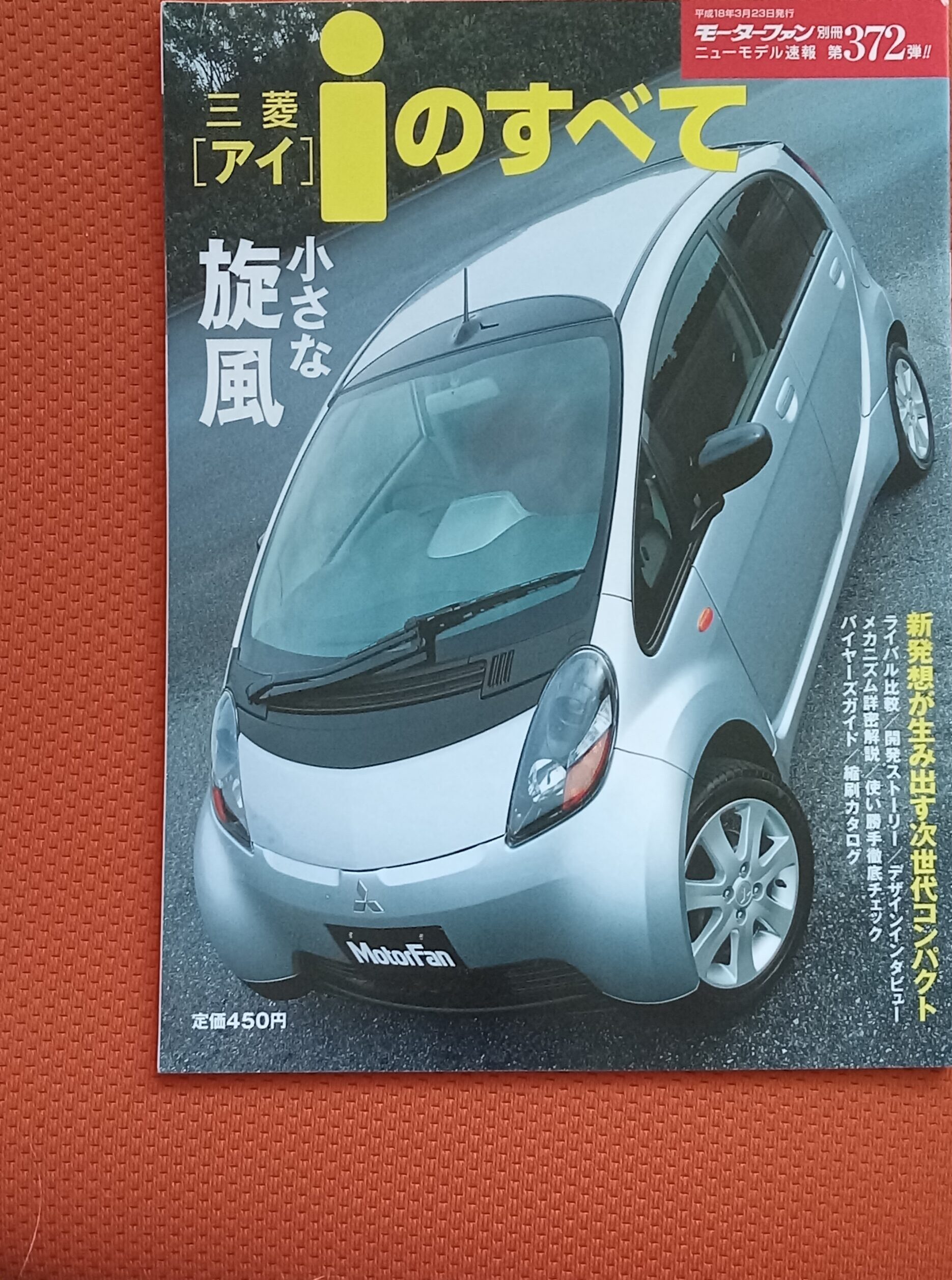
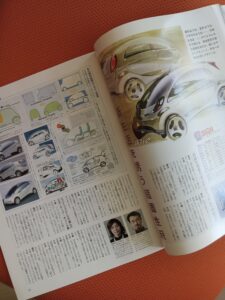
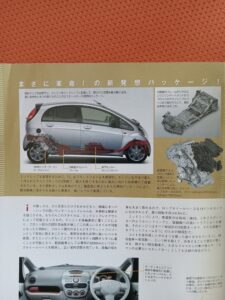
三栄書房刊:モーターファン別冊、
ニューモデル速報 第372弾
『三菱 i【アイ】のすべて』
実車解説:小さな旋風ーーー『繭型デザイン』
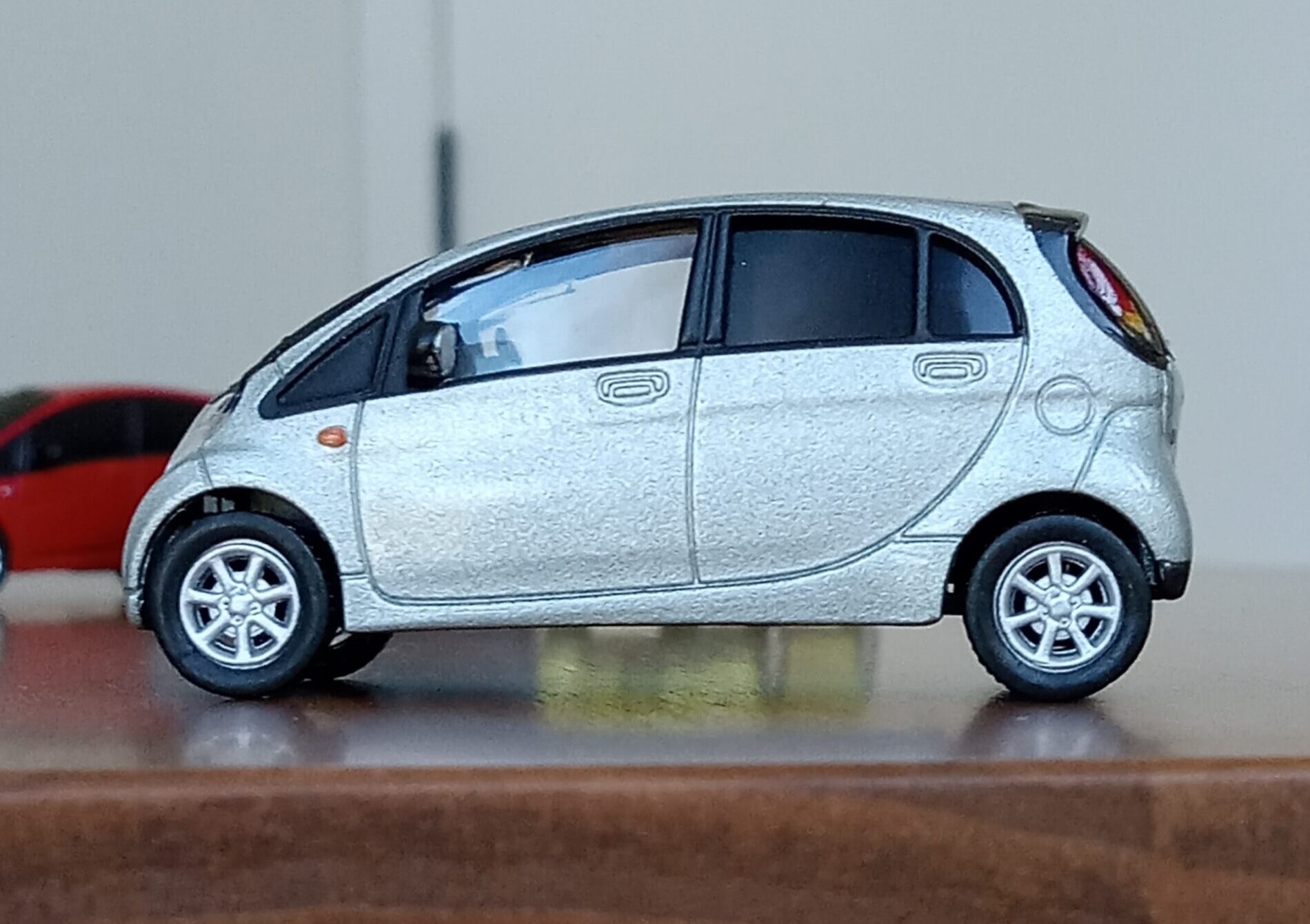
2000年代以降続いた、リコール隠し問題や、ダイムラー・クライスラーとの資本提携の解消など、暗いニュースが続いた三菱自動車が2006年に「起死回生」プロジェクトとして開発した『i』(アイ)は百花繚乱の実用機能に不満のない軽自動車市場に新たな「旋風」を巻き起こすにふさわしい内容を備えていました。
すなわち、
エンジンを
リア・ミッドシップに低く低く置くことで、
*後輪駆動による自然な操舵感覚、
*大きなハンドル切れ角がもたらす小回り性、
*ロングホイールベースと大径タイヤがもたらす良好な乗り心地、
*居住空間の最大化とフロント・クラッシュ・ゾーンの大型化による安全性の強化
などの特筆すべき特徴を持つ事となり、
ライバル車に全く存在しないレベルの居住性、衝突安全性、さらには斬新な外観デザインを販売アドバンテージとして、好評のうちにモデル・サイクルに幕を閉じました。そんな三菱『アイ』は2006年から2014年の9年間で85,000台以上を販売、さらに電動車版、『i-MiEV』も開発され(世界初の量産リチューム・イオン電池搭載EV車)プジョーやシトロエンにもOEM供給され、世界中に輸出されるに至りました。
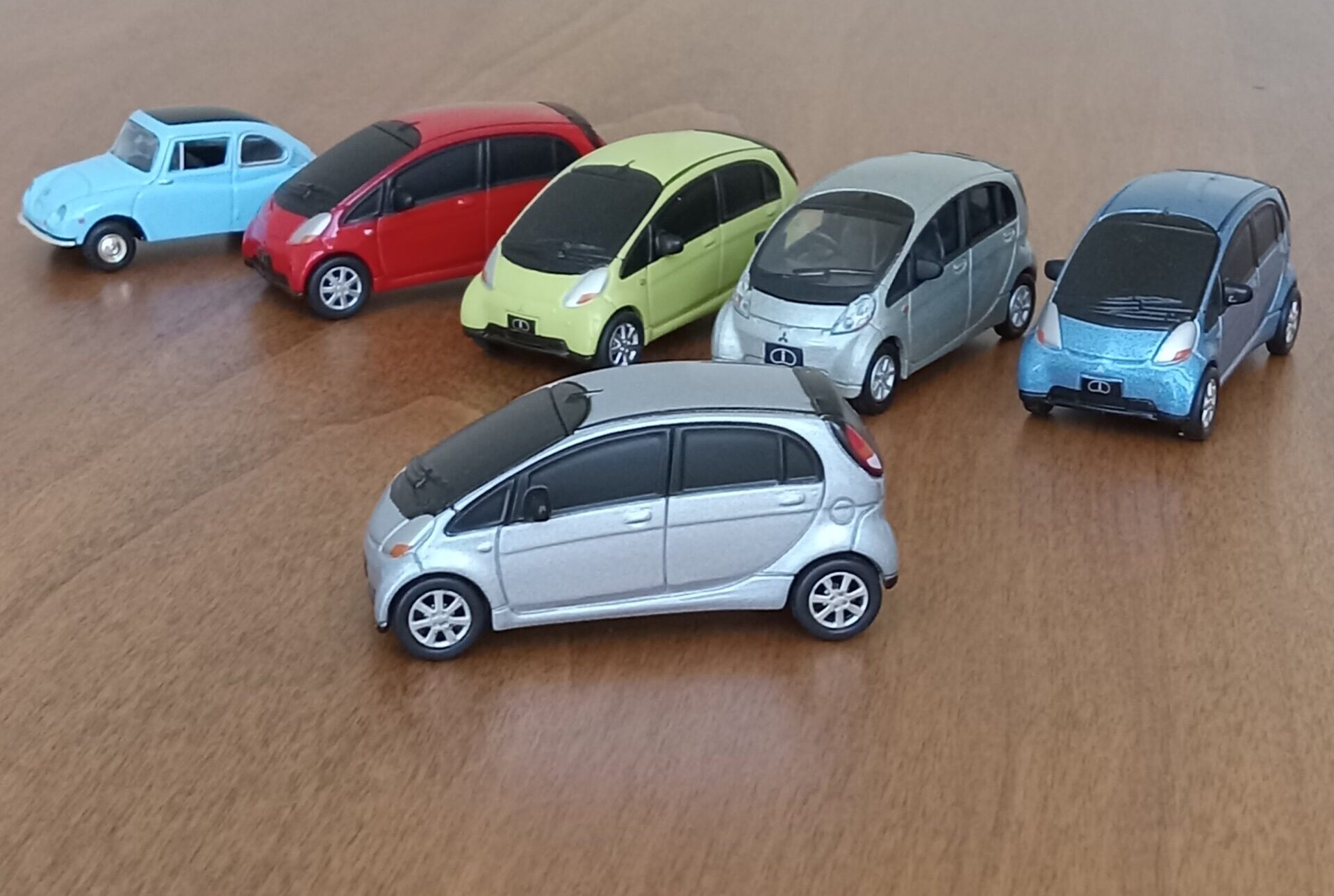
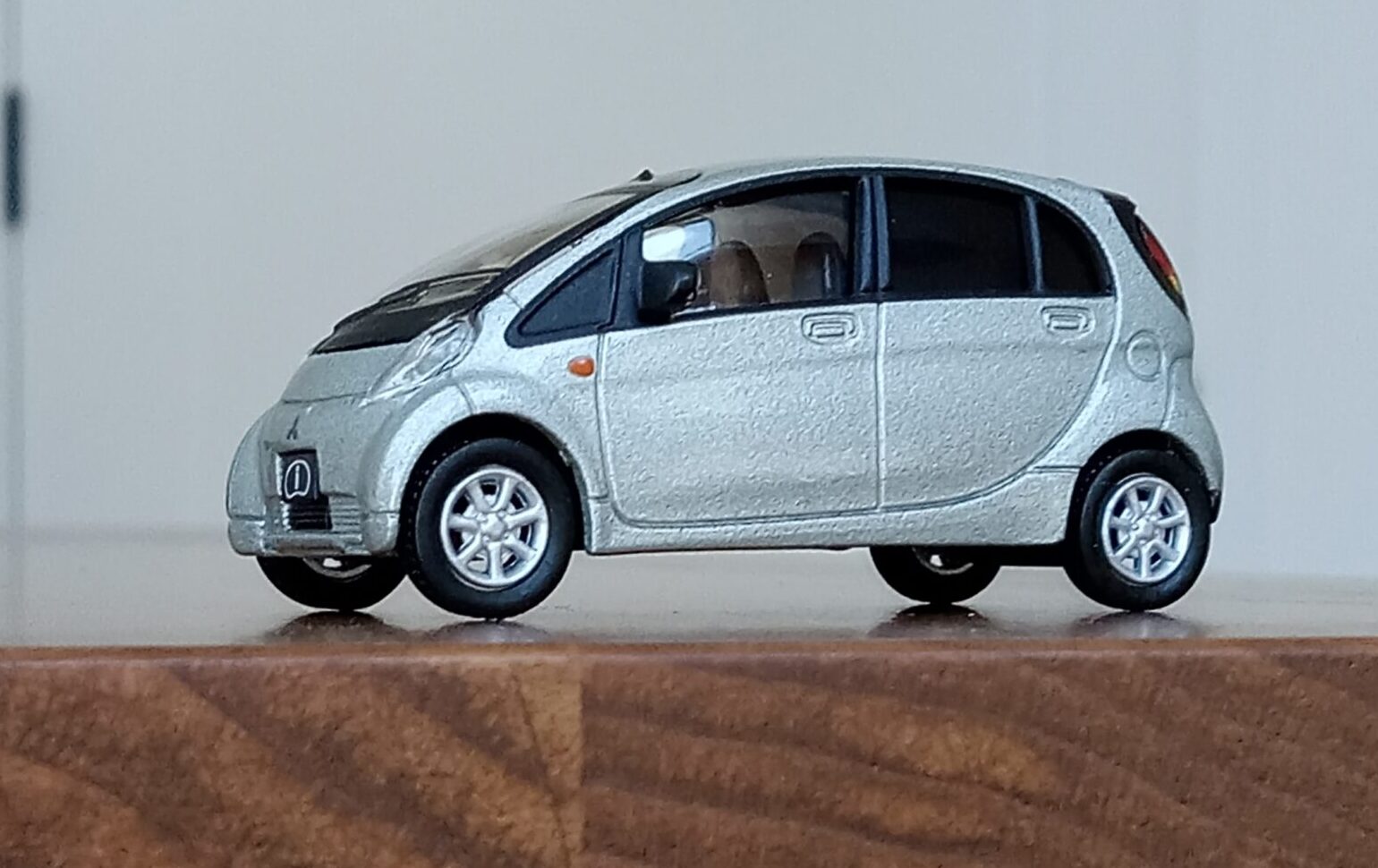
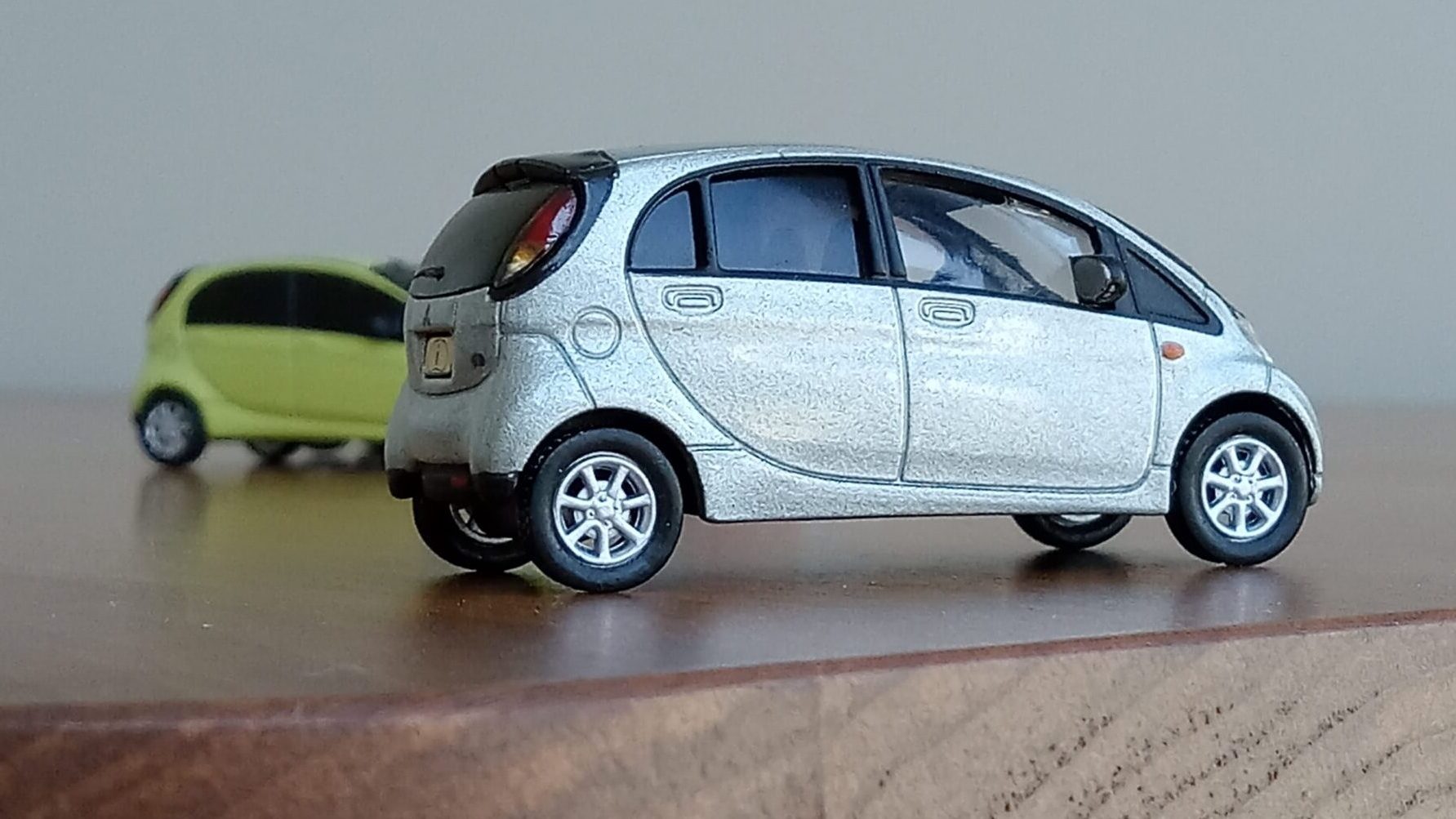
外観デザイン観察記
卵型/有機フォームの『i』(アイ)には
どのようなデザイン的特徴があるのでしょうか?
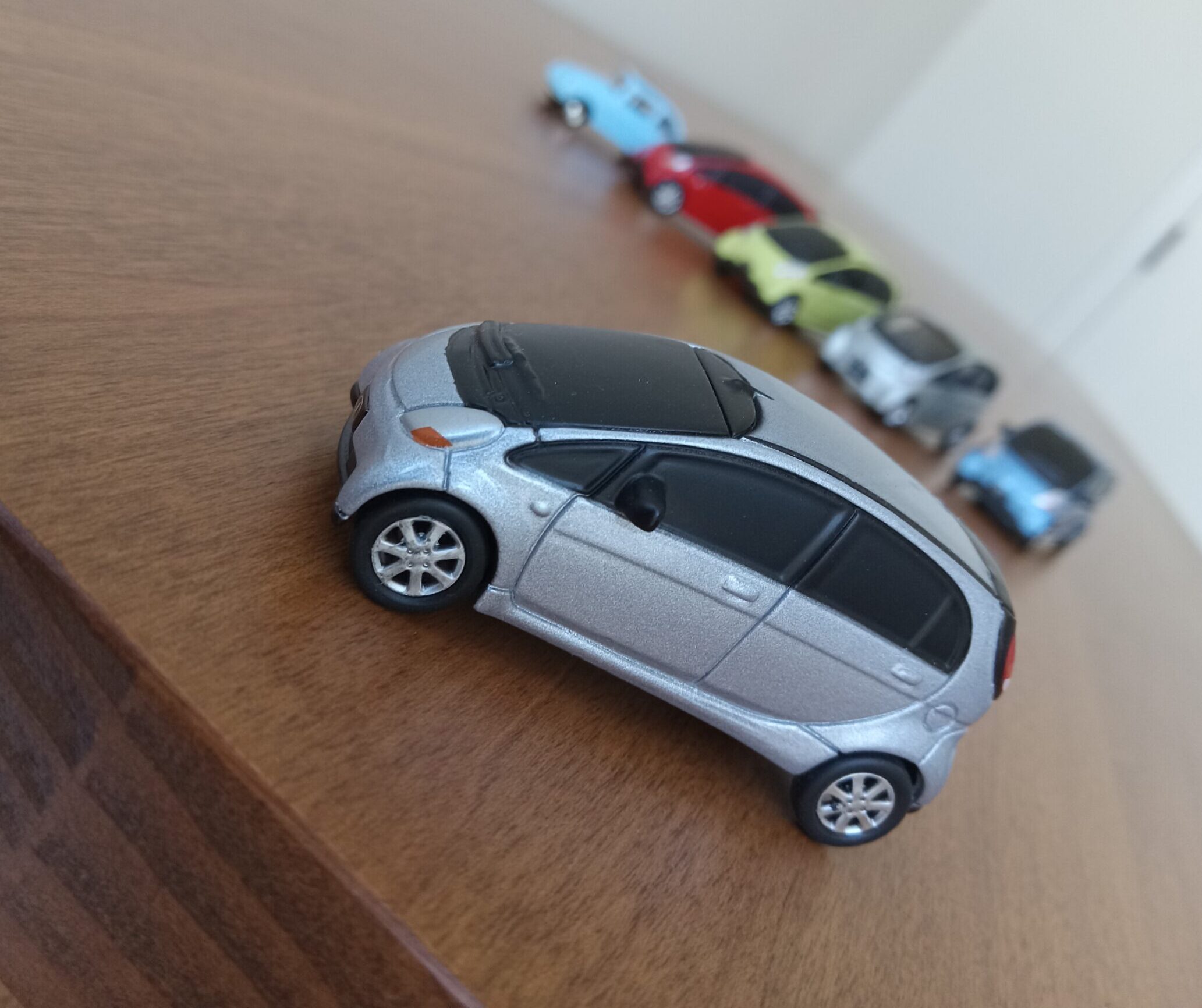
以下の順序でご紹介していきます。
1,リア・ミッドシップがもたらす長大なホイール・ベースを生かした『繭型デザイン』
(新設計のエンジン、新設計の安全設計シャーシ、クレイとCAD/CAMのハイブリッド設計等)
2, 大径タイヤによる、安定感と走行安定性に富んだ唯一無二のプロポーション
3, 異次元の『包まれ感』あふれる有機的(オーガニック)デザインのインテリア
4, リアエンジン化がもたらす巨大なウインドシールドと独特なリアハッチデザイン
6, 崖っぷちミツビシ設計チームの『魂のこもった創造性の結集』を感じる立体オーラ
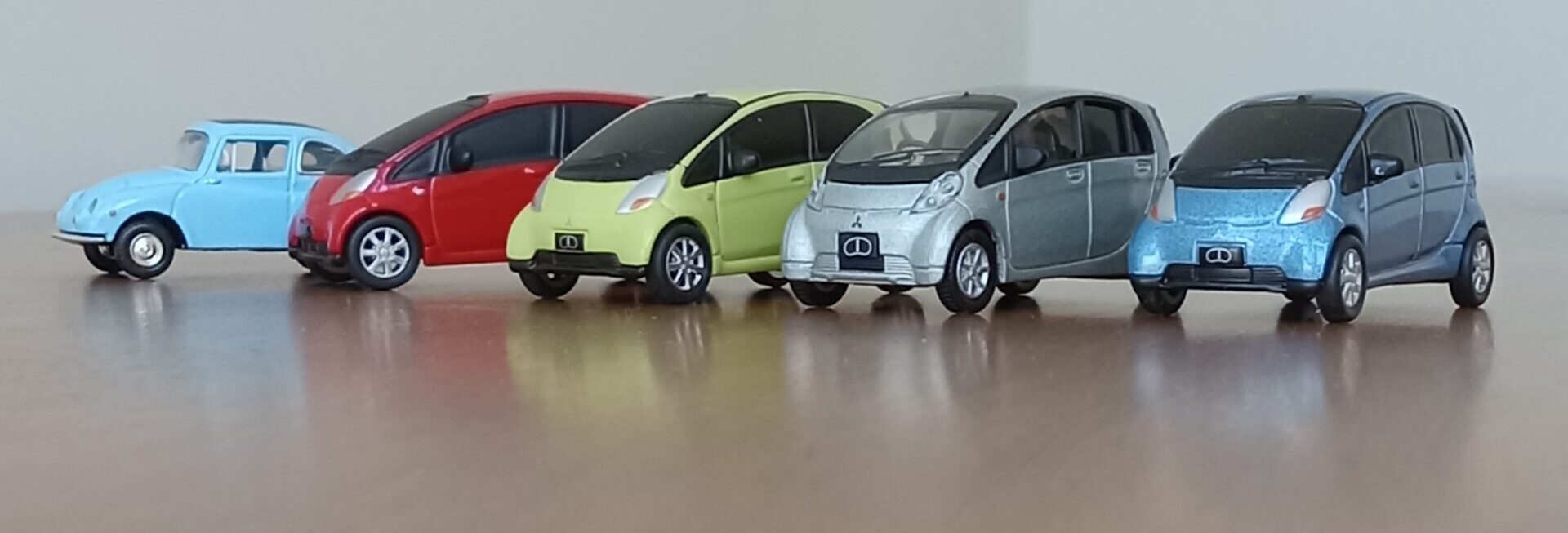
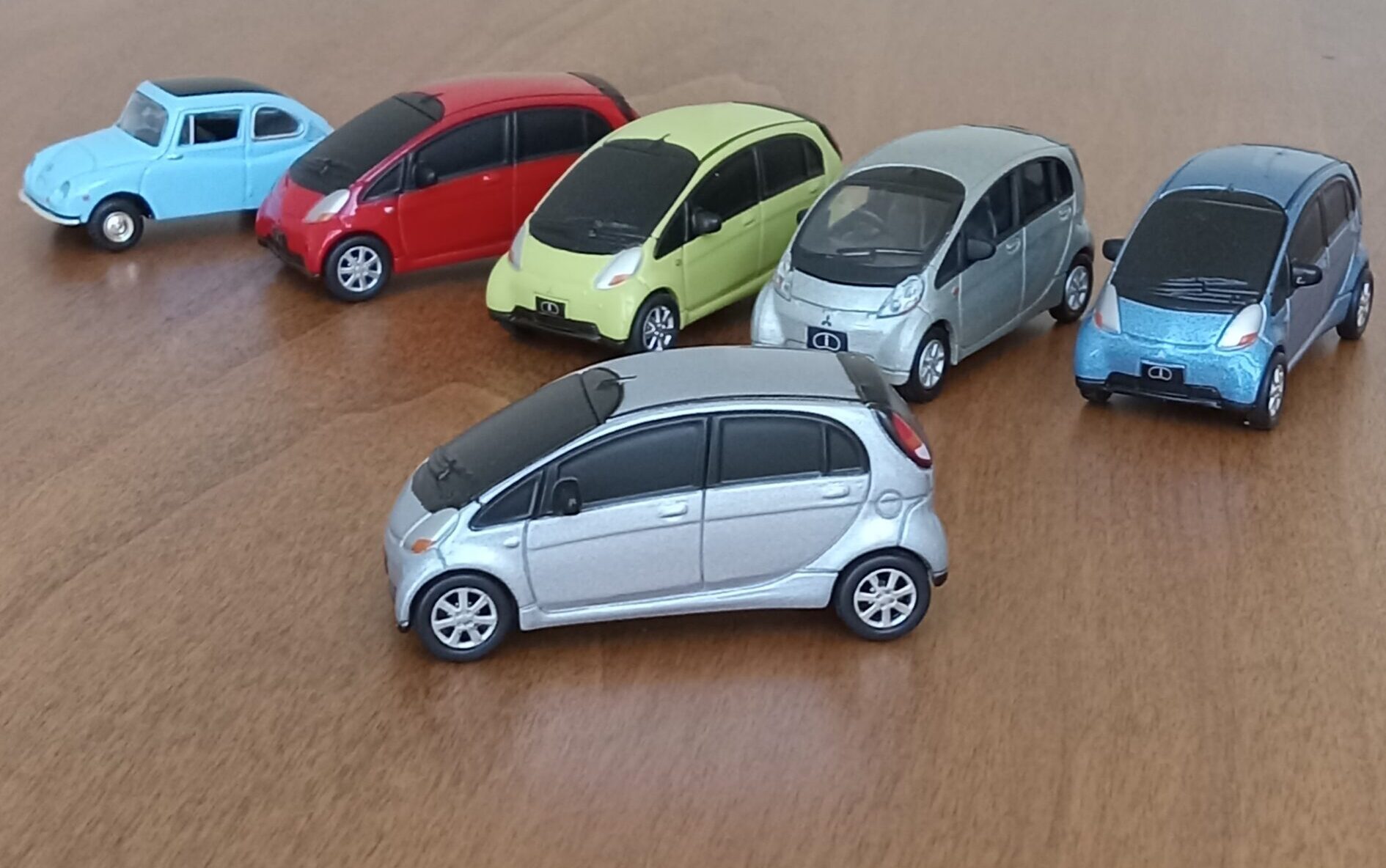
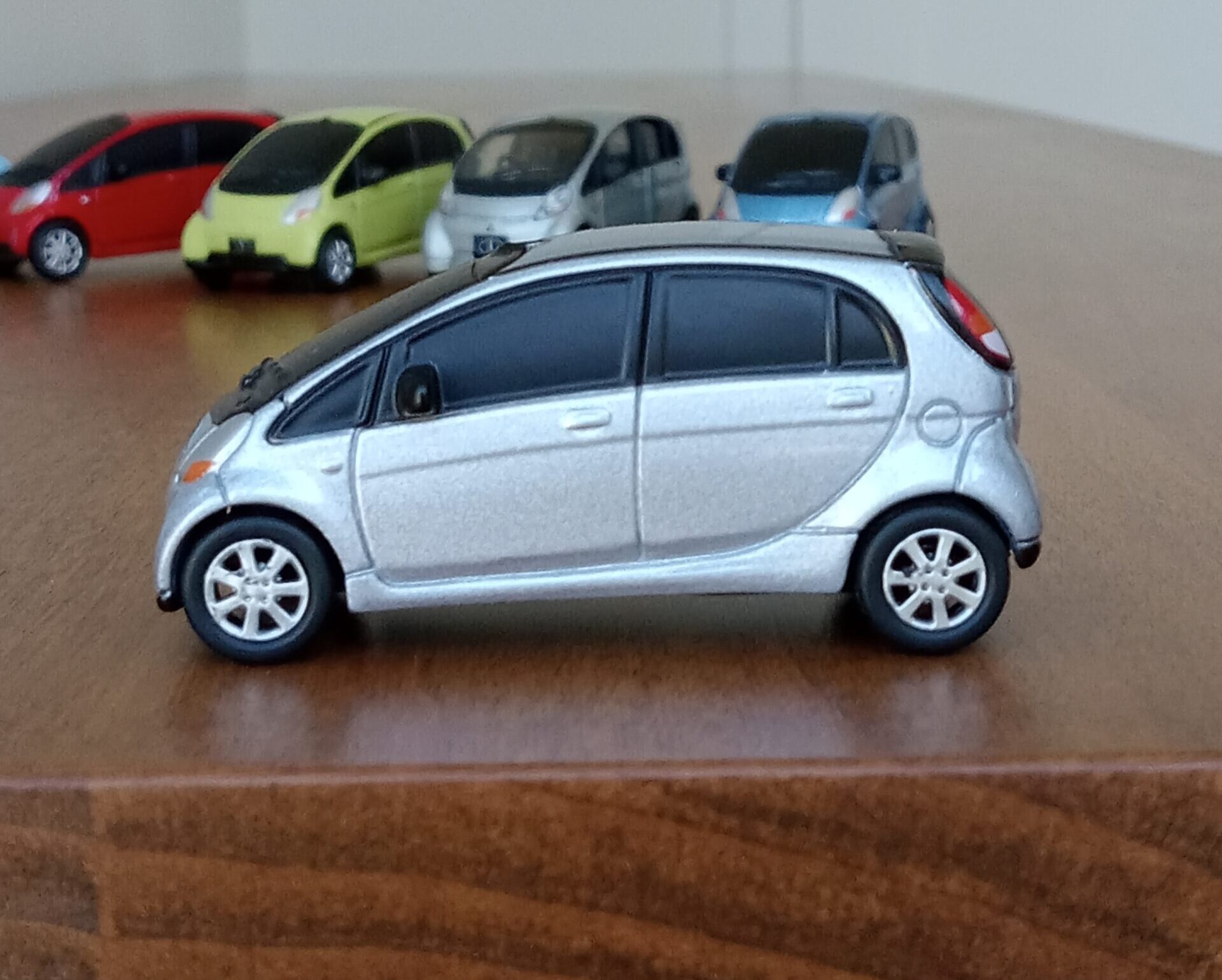
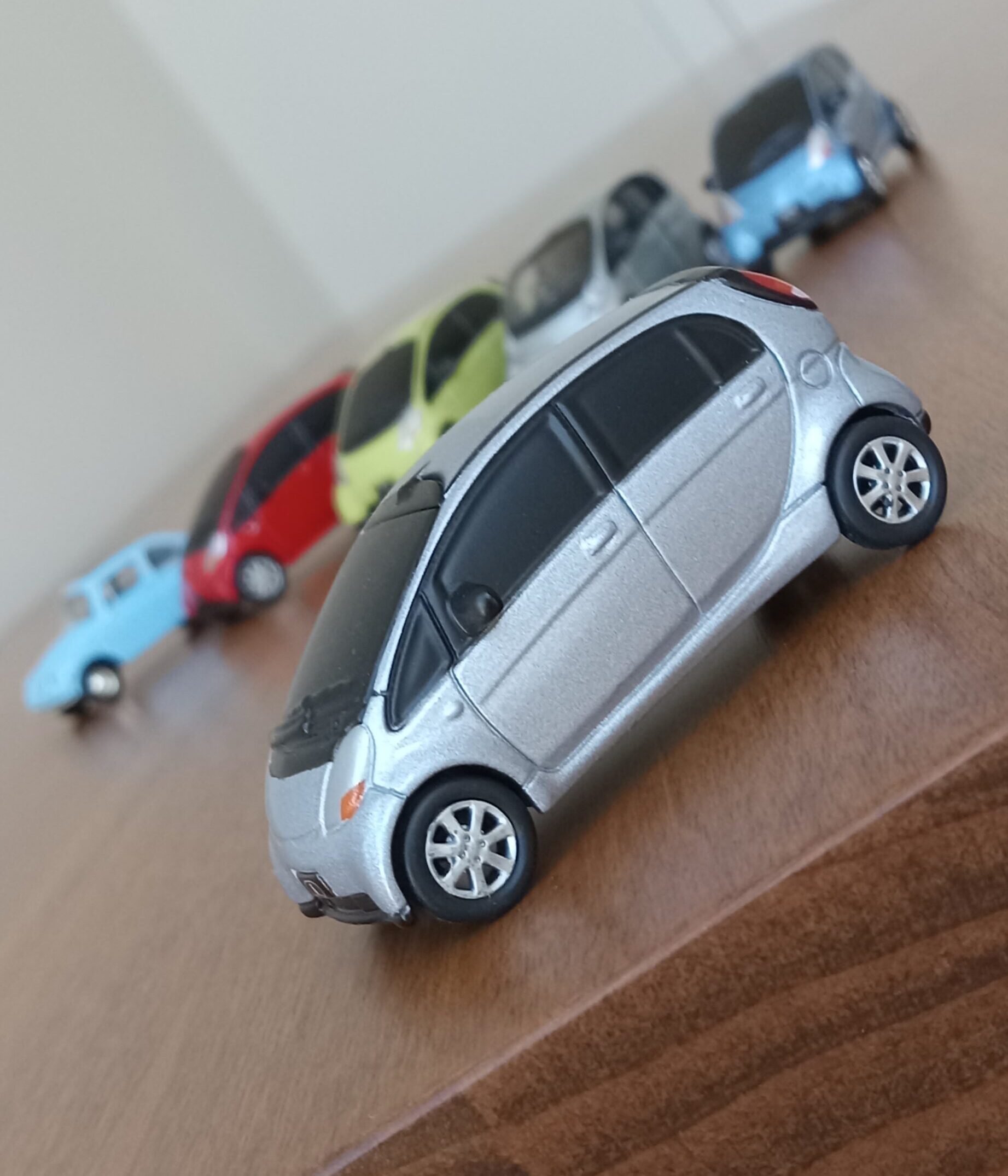
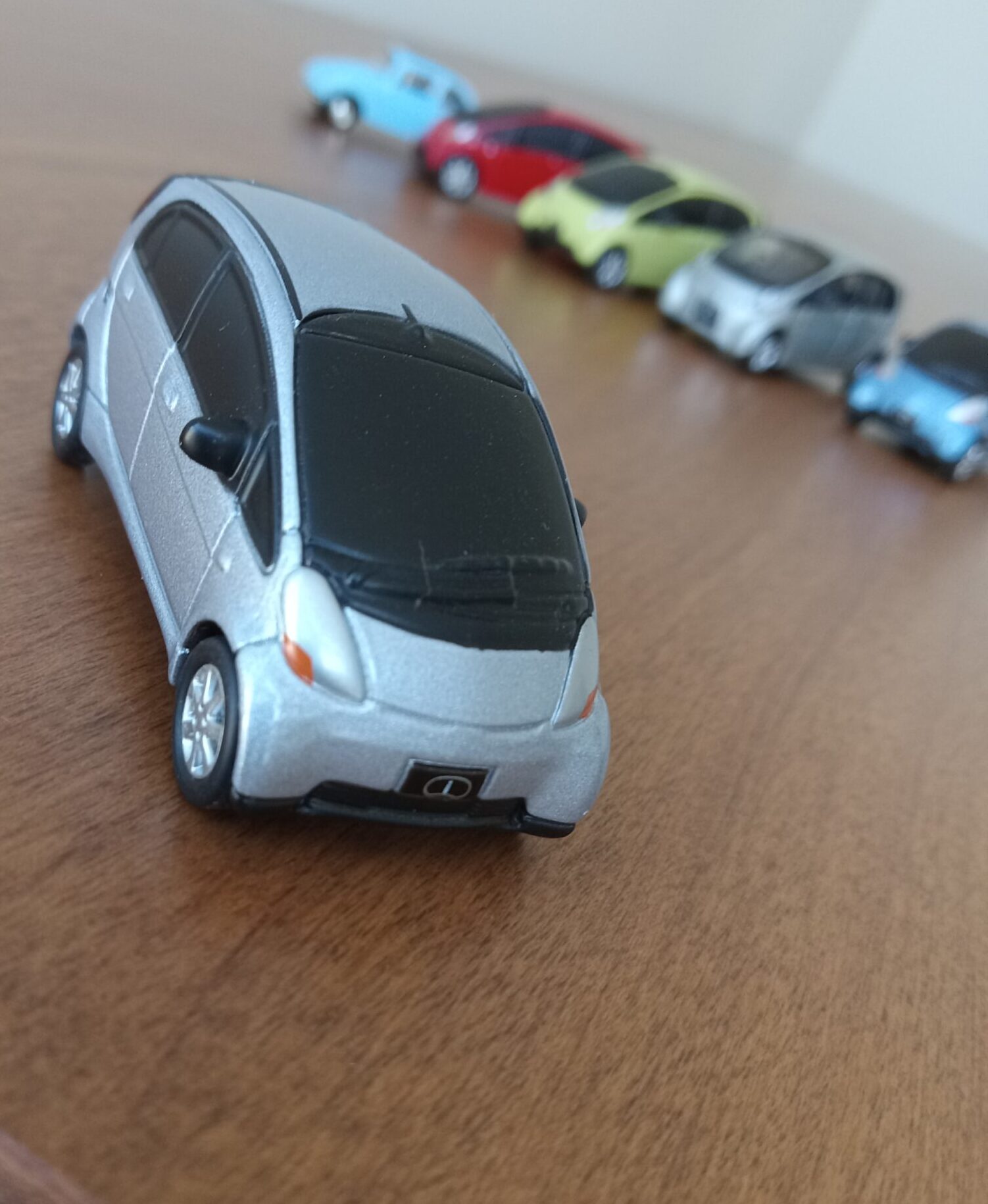
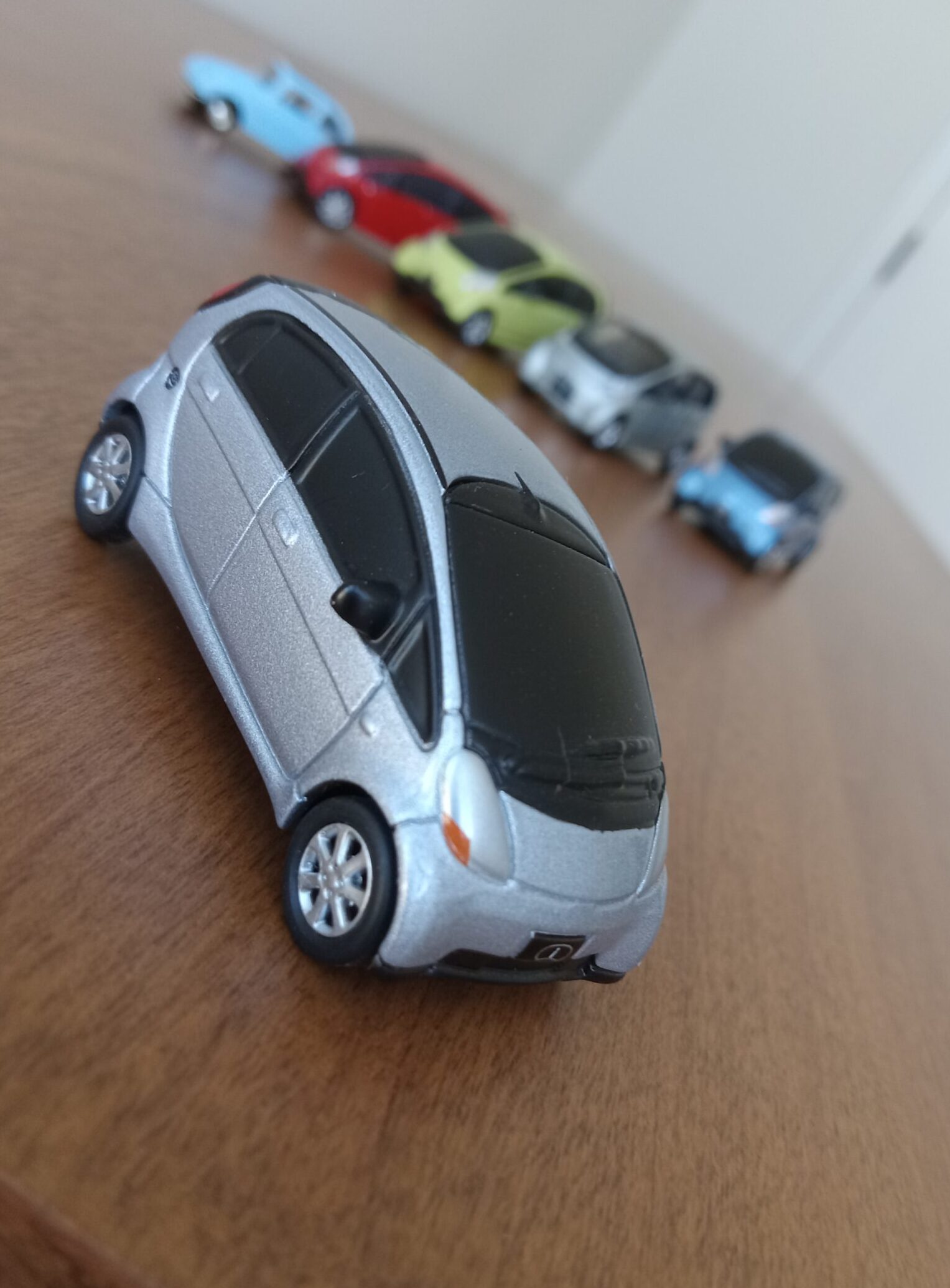
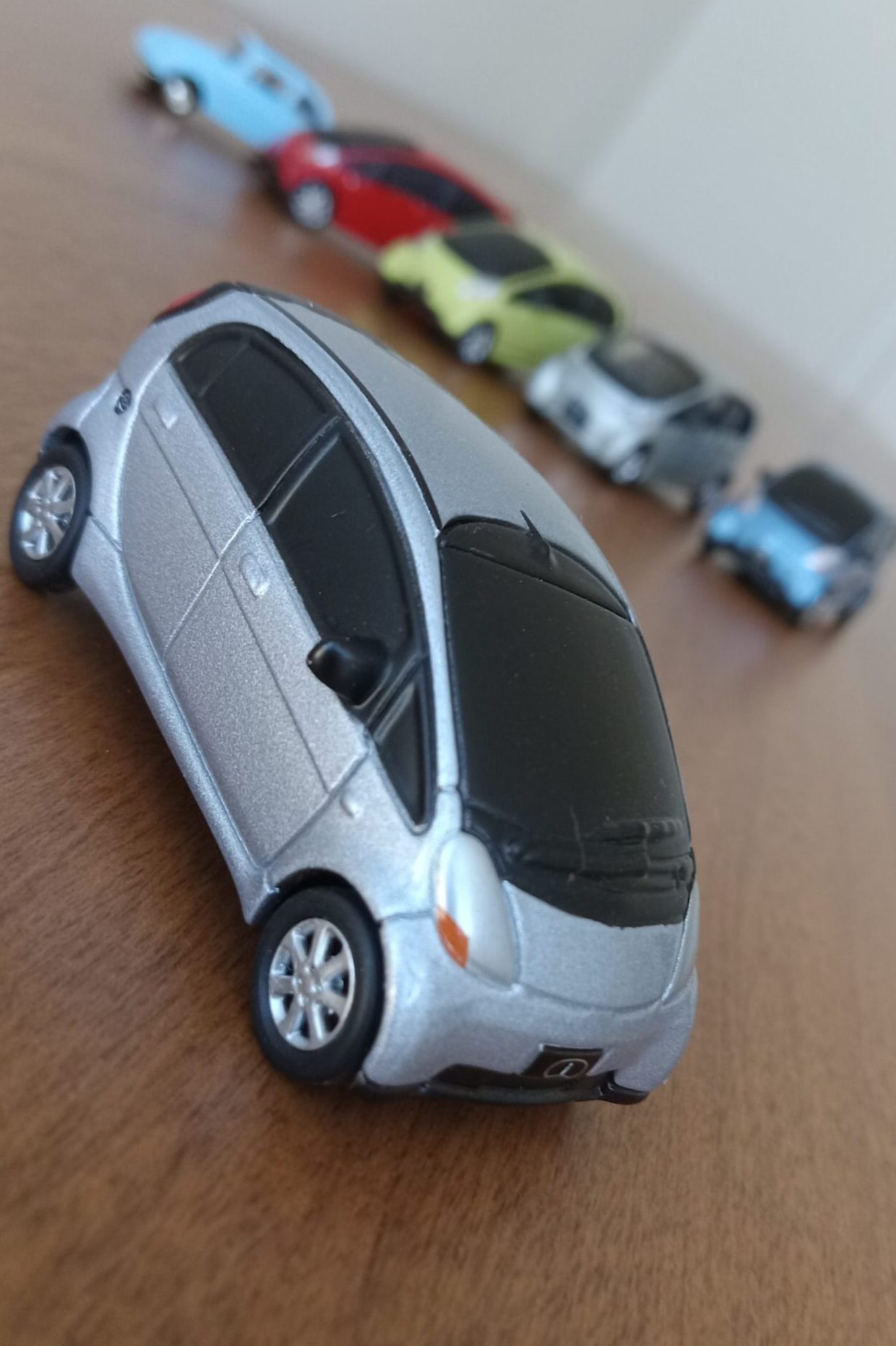
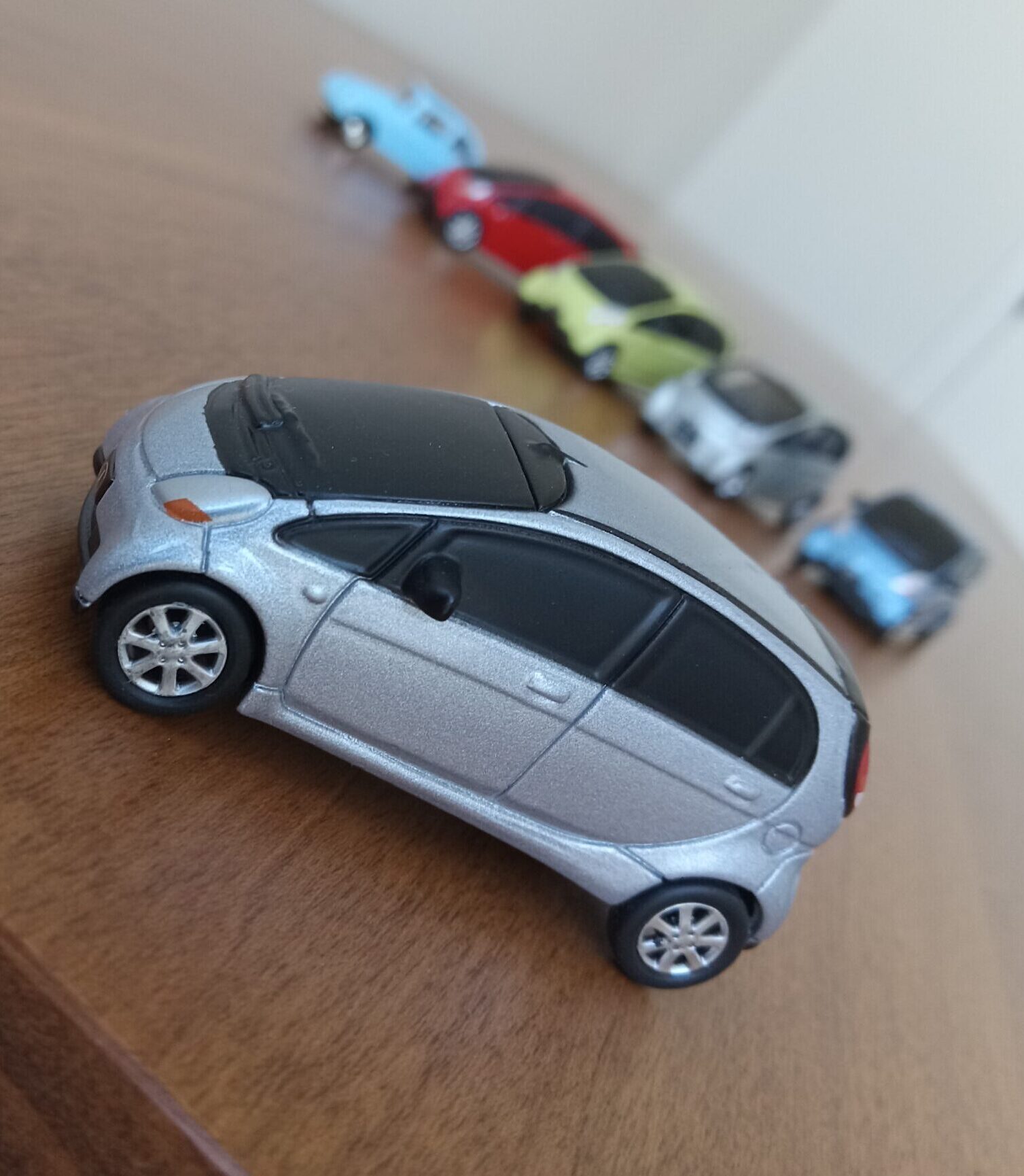
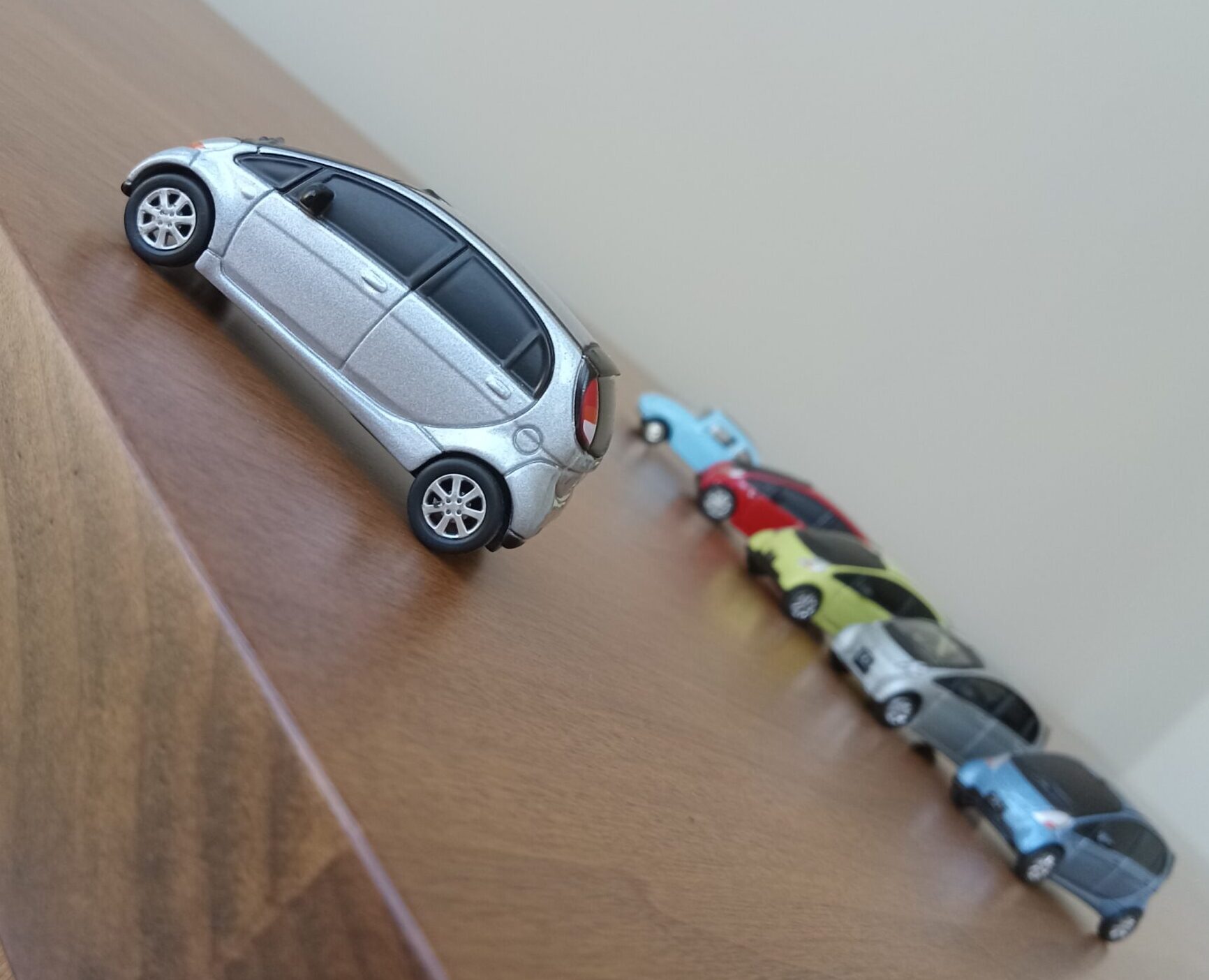
6個の特徴:
1,リア・ミッドシップがもたらす長大なホイール・ベースを生かした他に例を見ない、
『繭型デザイン』
ミツビシ自動車の社運を賭けた、
*完全新設計のエンジン(後ろに45度傾けて搭載)、
*新設計の安全対策シャーシ、
*クレイとCAD/CAMのハイブリッド:複雑なオーガニックフォームの設計に対応、
以上がもたらす大きなホイールベースが可能にした、フットボール型の居住空間を、四隅に配した大径のホイール&タイヤに搭載するという、
ーーーーーーー>シンデレラの馬車のような『夢の設計概念』を実現。
2,大径タイヤによる、安定感と走行安定性に富んだ唯一無二のプロポーション
フロントボンネットの下にエンジンがないことにより、
大径タイヤをつけても前輪の舵角を大きく取ることが可能になり、
結果として
長大なホイールベース (2.55m)
が可能に!
ーーー>繭のような「ワンモーション一(筆書き)」デザインによる美しいルーフラインと四隅に配したサイクルフェンダーをたくみにフィレット化して全体像になじませています。
3,異次元の『包まれ感』あふれる有機的(オーガニック)デザインのインテリア
外見デザインにマッチした、浮遊感あふれるダッシュパネルやシート面の新しさと吟味された内装カラーとシート地と色のチョイス
ほんの少し緑系のグレー+くすんだ赤
ほんの少し緑系のグレー+ニュートラル・グレー
4,リアエンジン化がもたらす巨大なウインドシールドと独特なリアハッチデザイン
同じく、ロングホイールベースが可能にする、
*フットボール面にぴったりはまったーーーフロントウインドシールド、
*空力を意識しつつも、柔らかくまとめたリアハッチ周りの面創りとグラフィックの妙
5,崖っぷちミツビシ設計チームの『魂のこもった創造性の結集』を感じる立体オーラ
5-6年の開発期間の中、何度もプロジェクト自体のとん挫を経験した中から粘り強く生まれた、
デザイン・設計・広告チームが放つ『創造的オーラ』が外見の端々から、
めちゃくちゃ沸き立ってます。
次は、私の個人的【i】(アイ)経験をお話しさせていただきます。
私 =『i』(アイ)の関係?
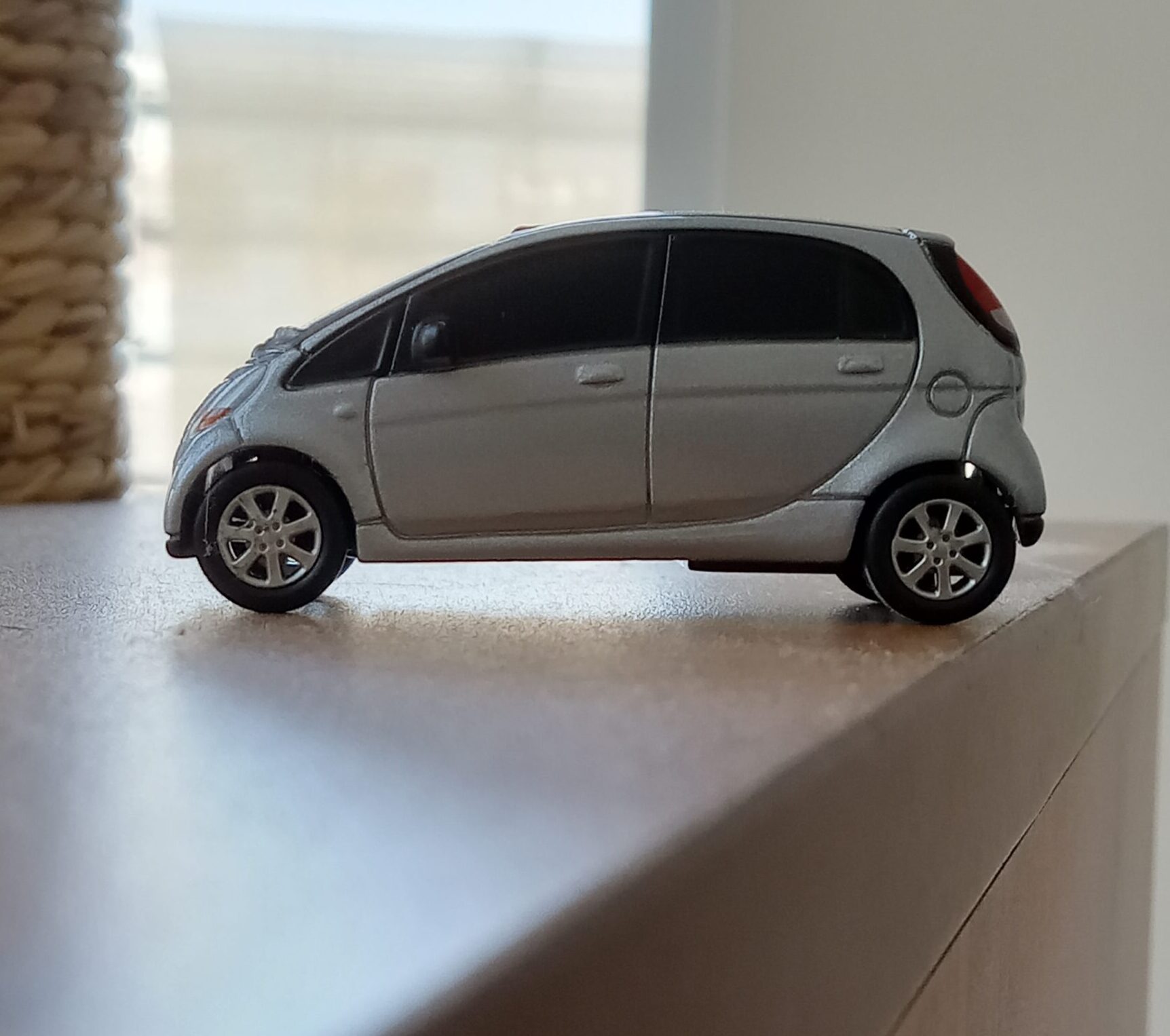
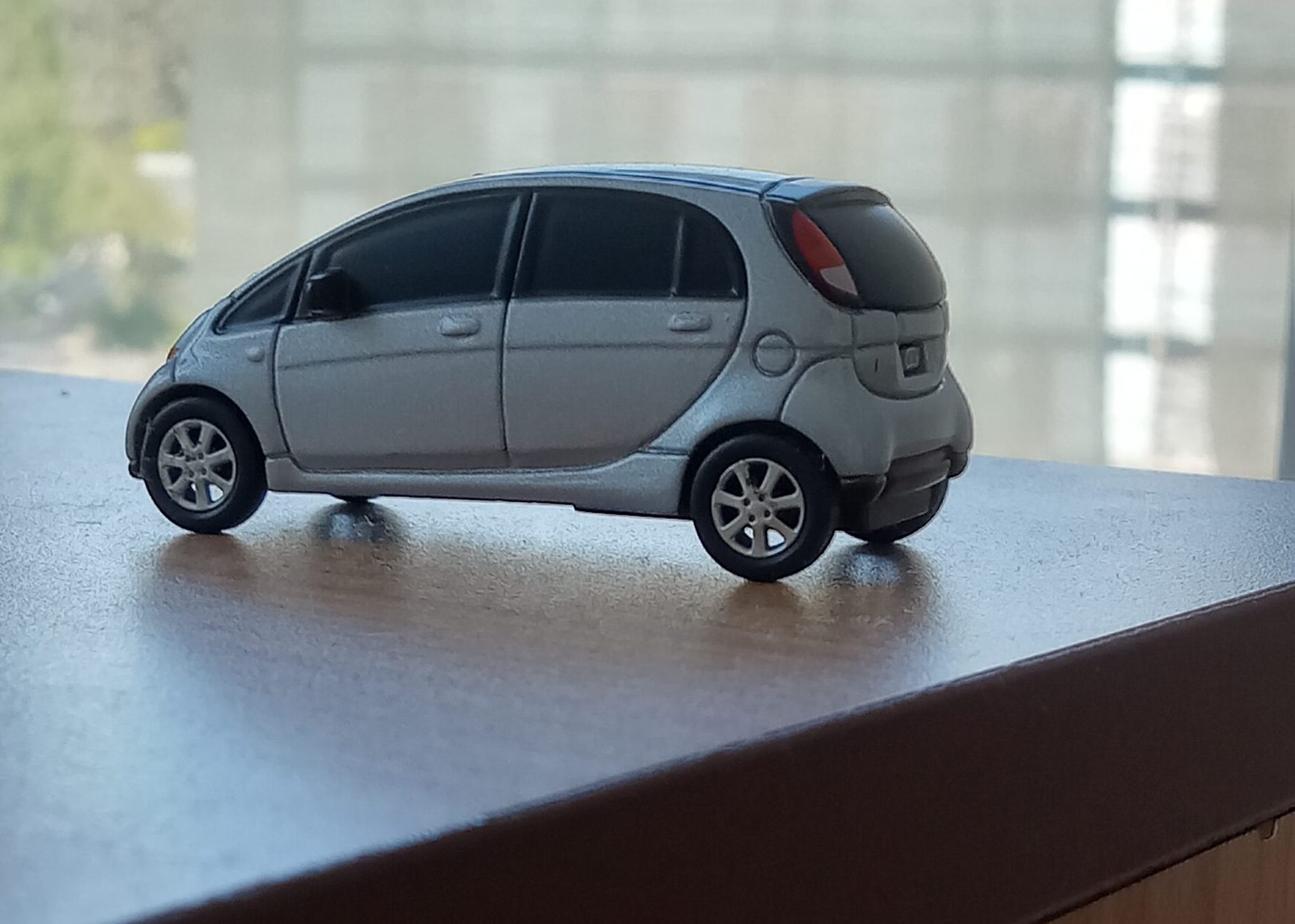
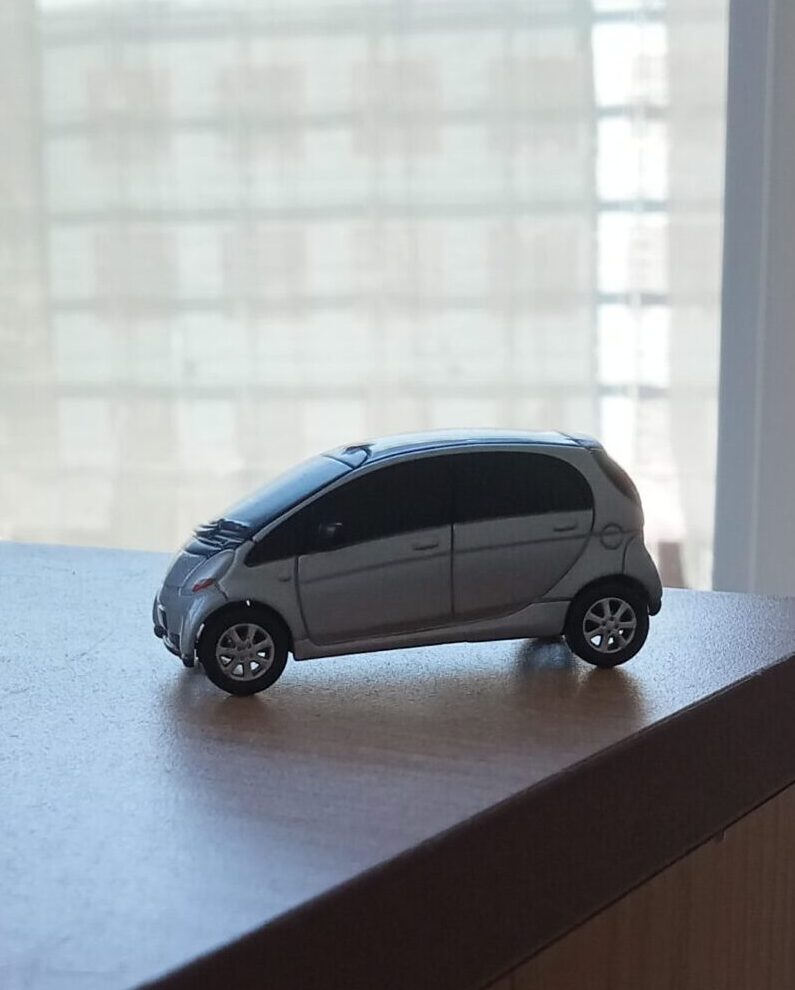
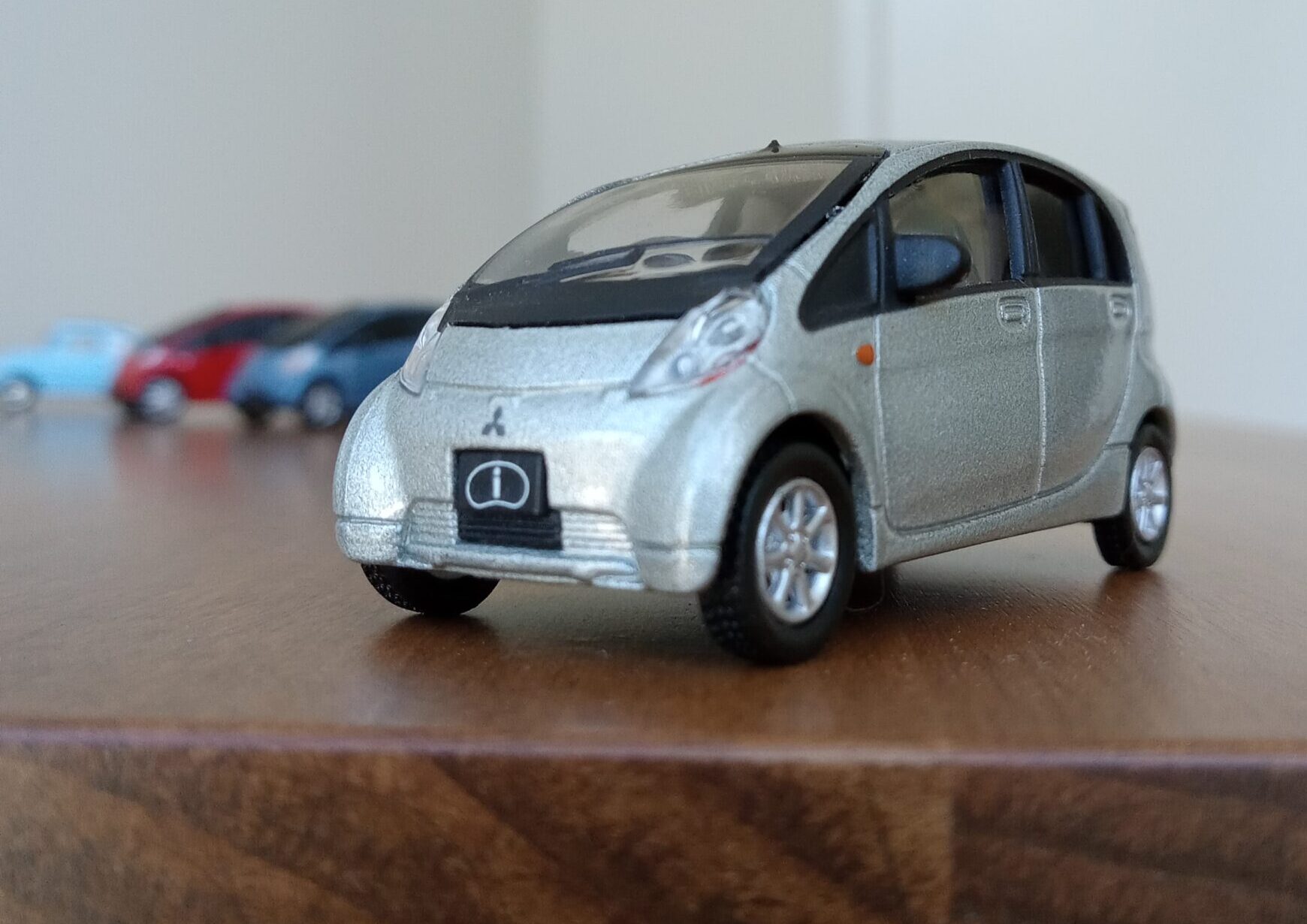
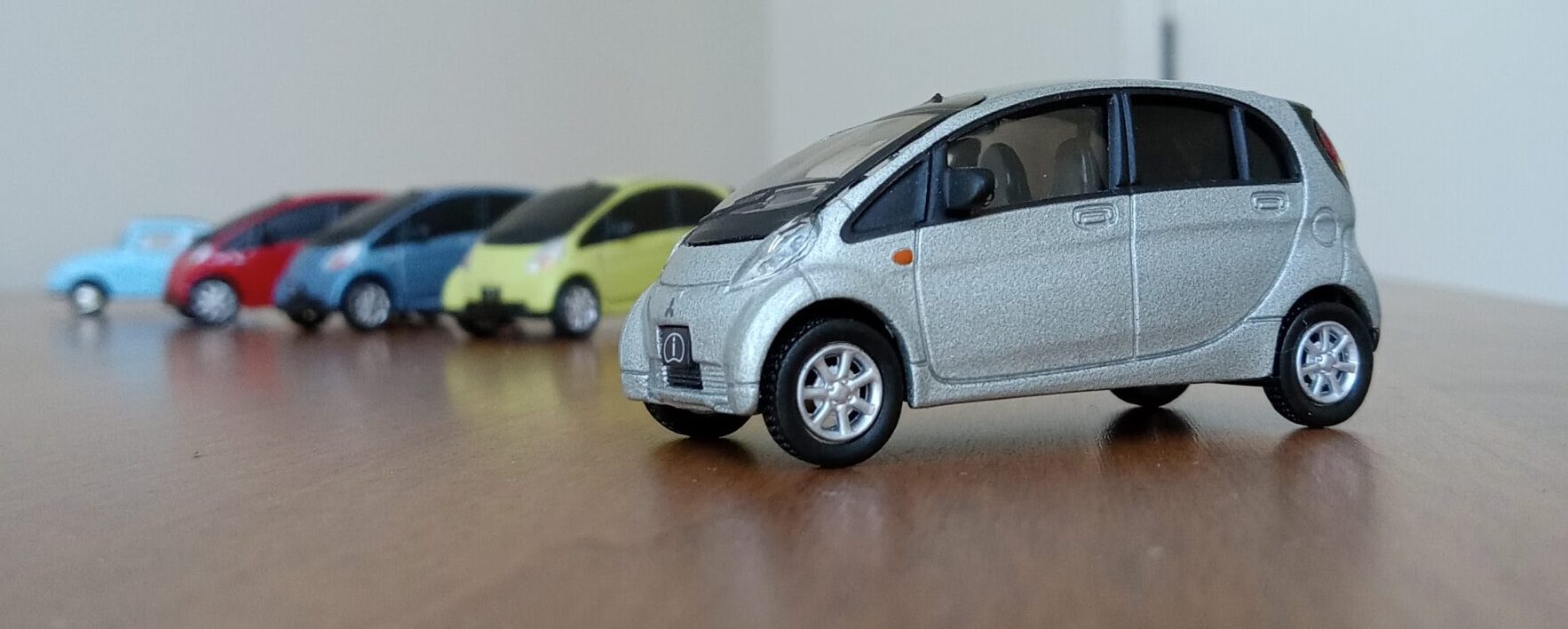
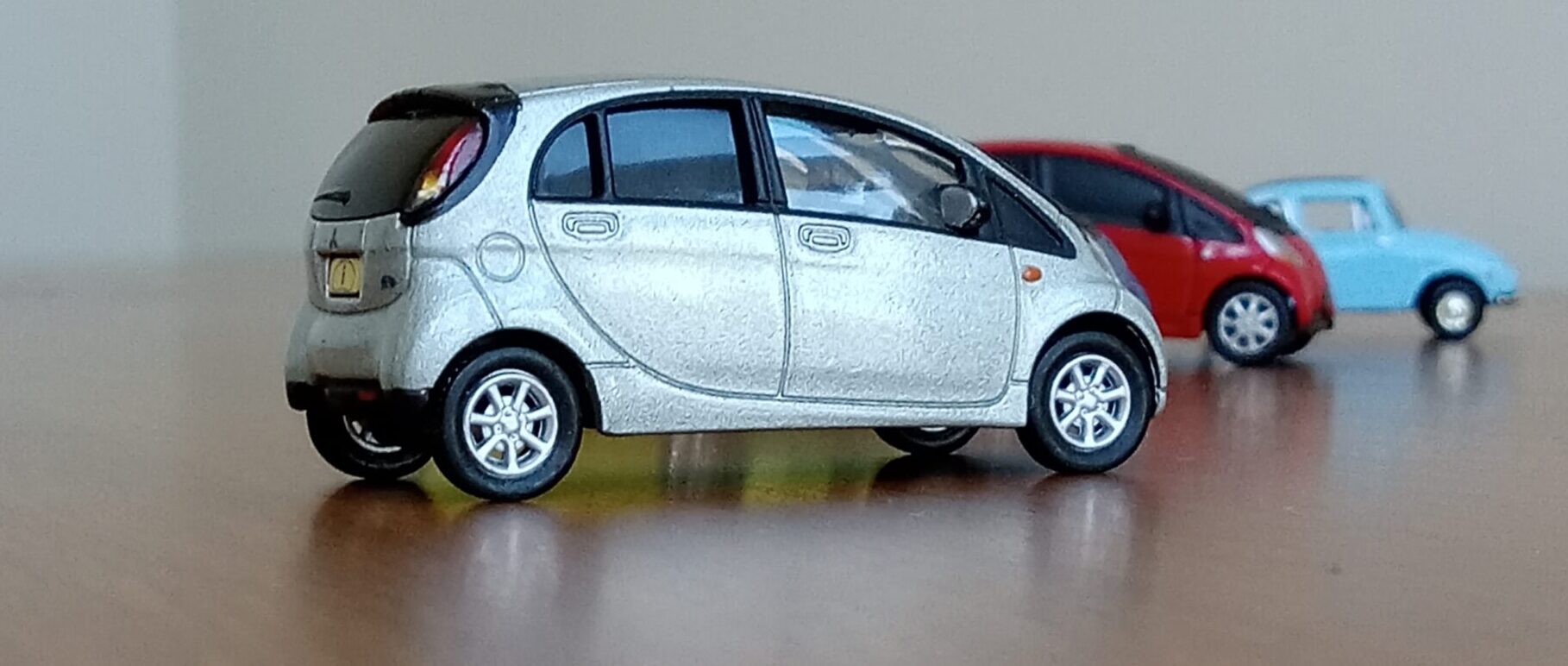
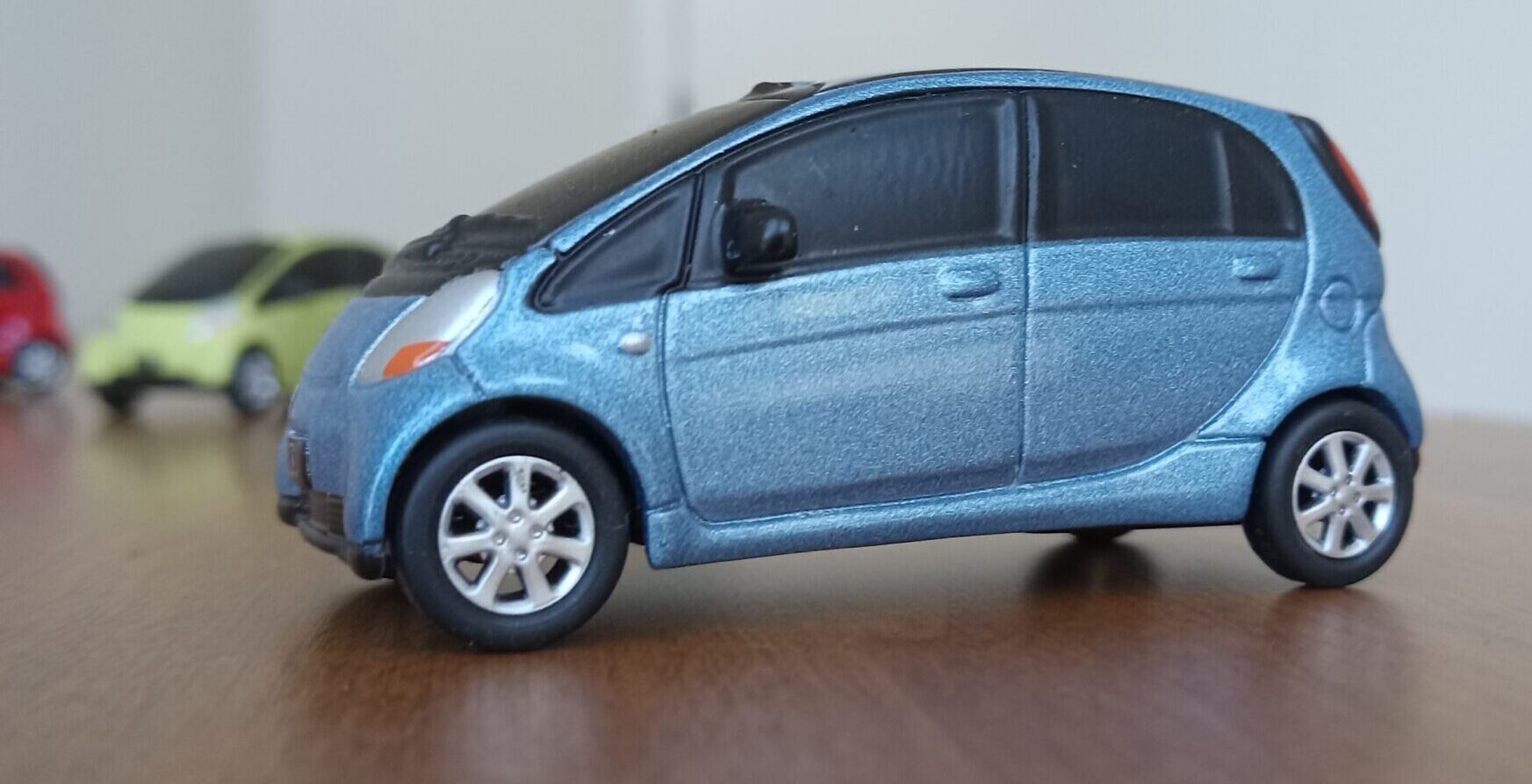
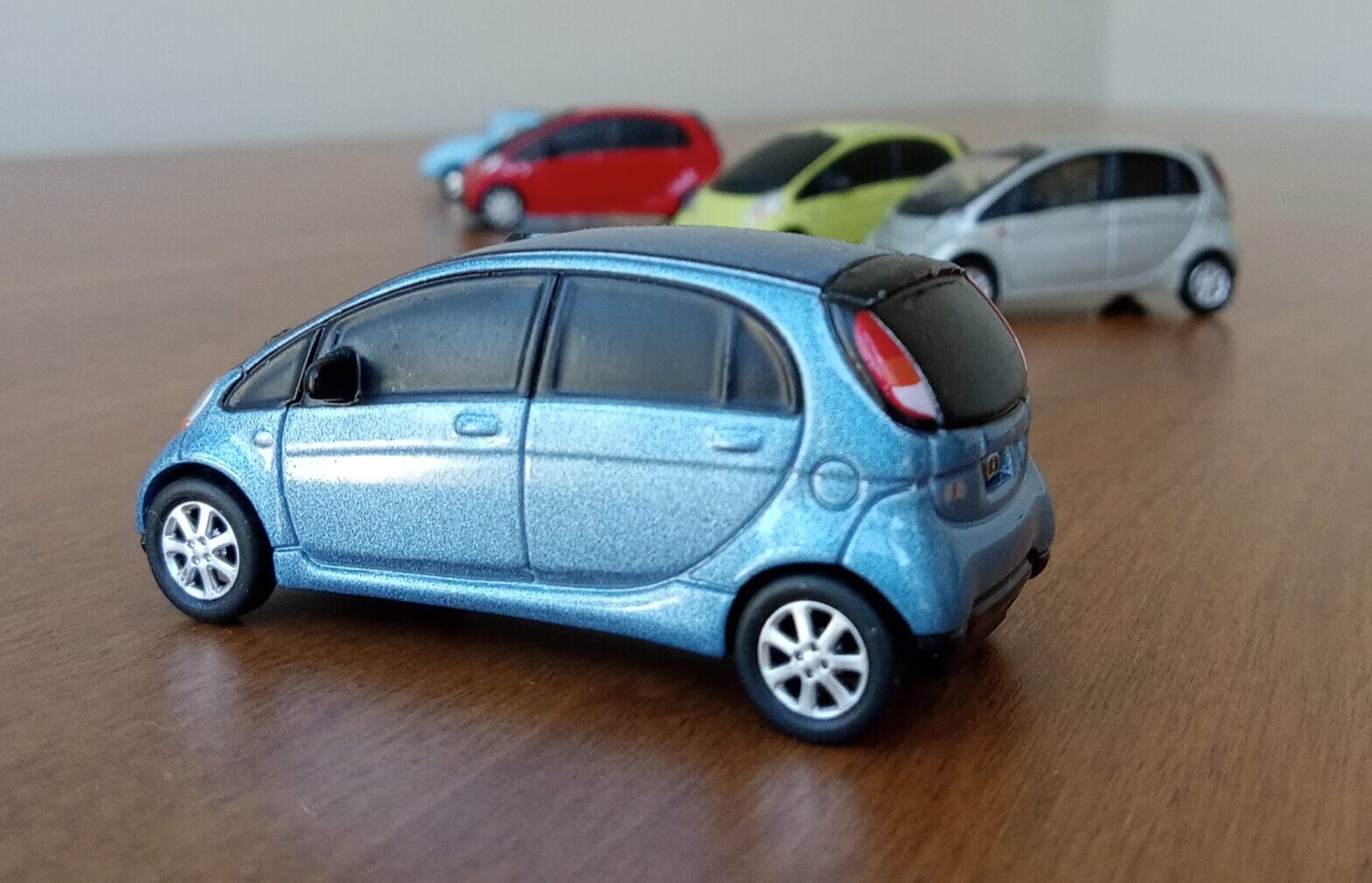
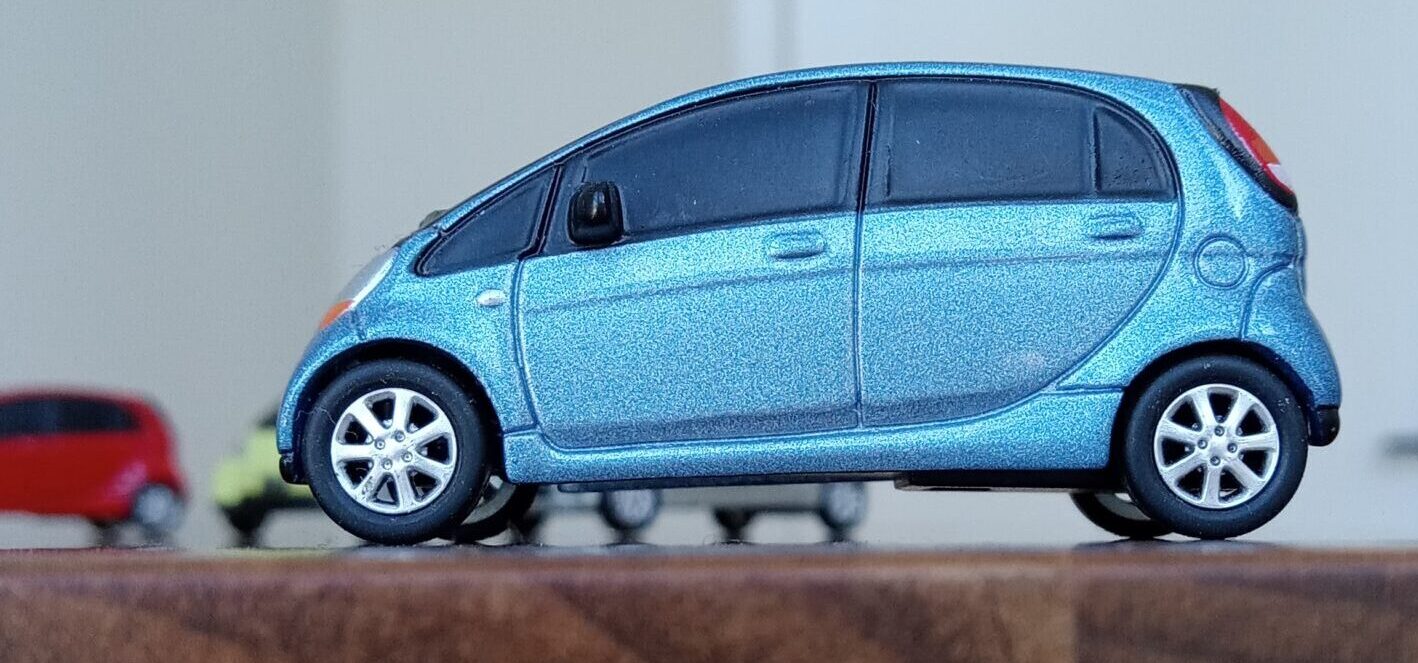
私が初めて『i』(アイ)について興味を持ったのは、
モデル・グラフィックスという模型雑誌に載っていたフルスクラッチの1/6のスケール模型の記事でした。
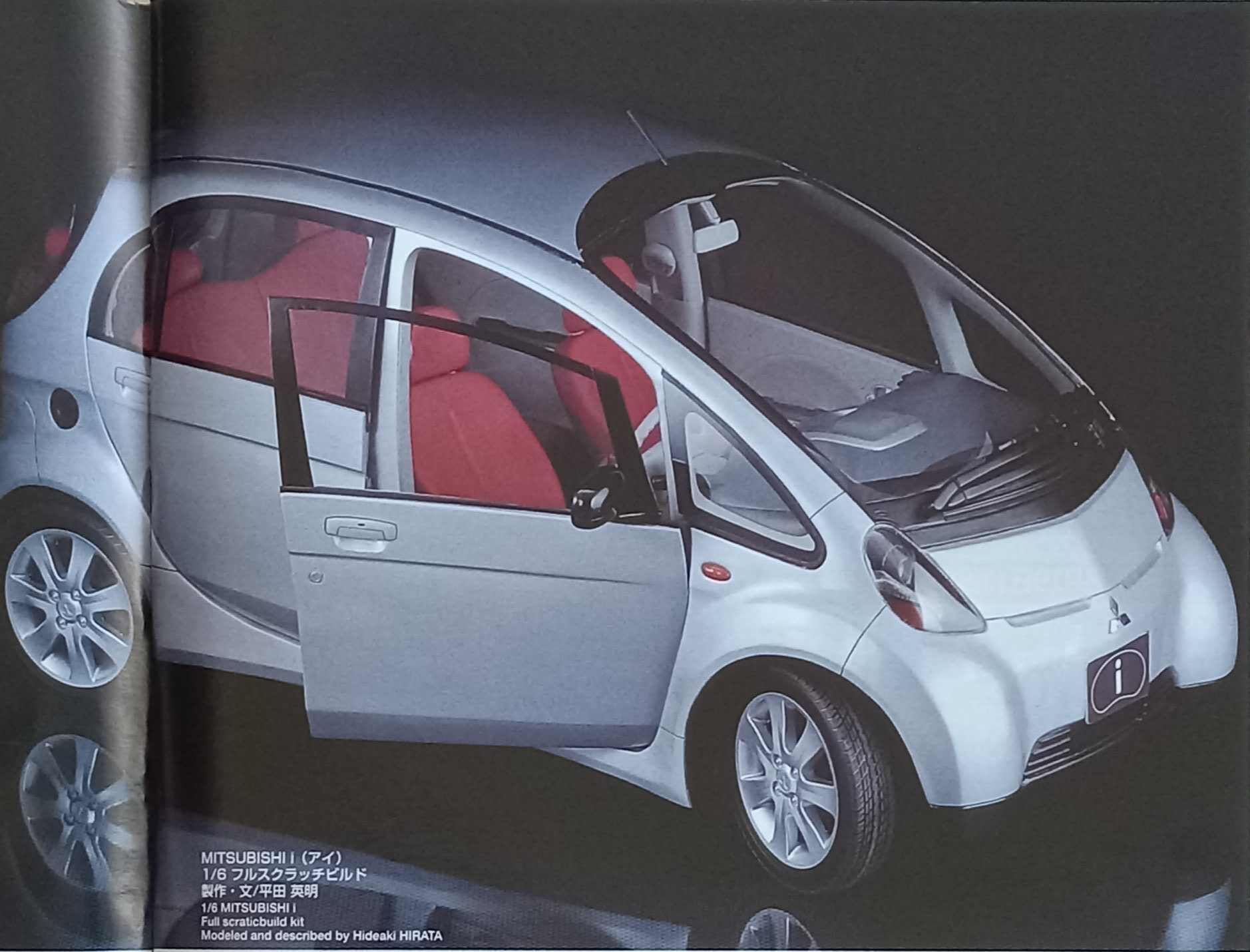
確か1/6のアクションフィギュアと一緒に
広告用の写真を撮るためのミニチュアのオーダーを受けた、
モデグラ所属のプロのモデラー (平田英明さん)が、
バキュームフォームなどの特殊な技術を駆使、散々苦労して、素晴らしい立体物を作るといった内容で、
*ドアやトランクの開閉や、
*インテリアも完全に再現され、
完成した、広告用の写真は本物と見間違いそうな超絶にリアルなものでした!
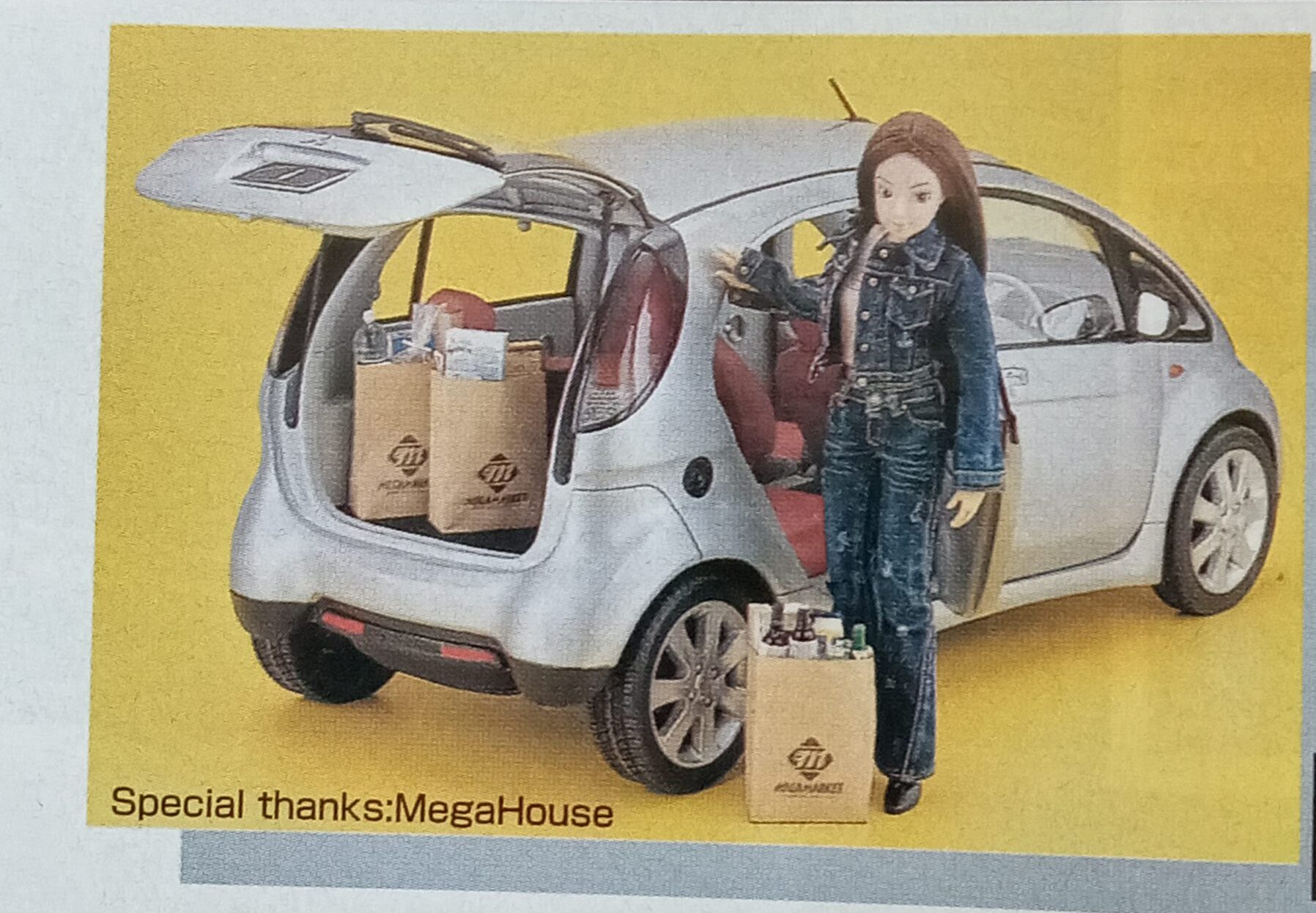
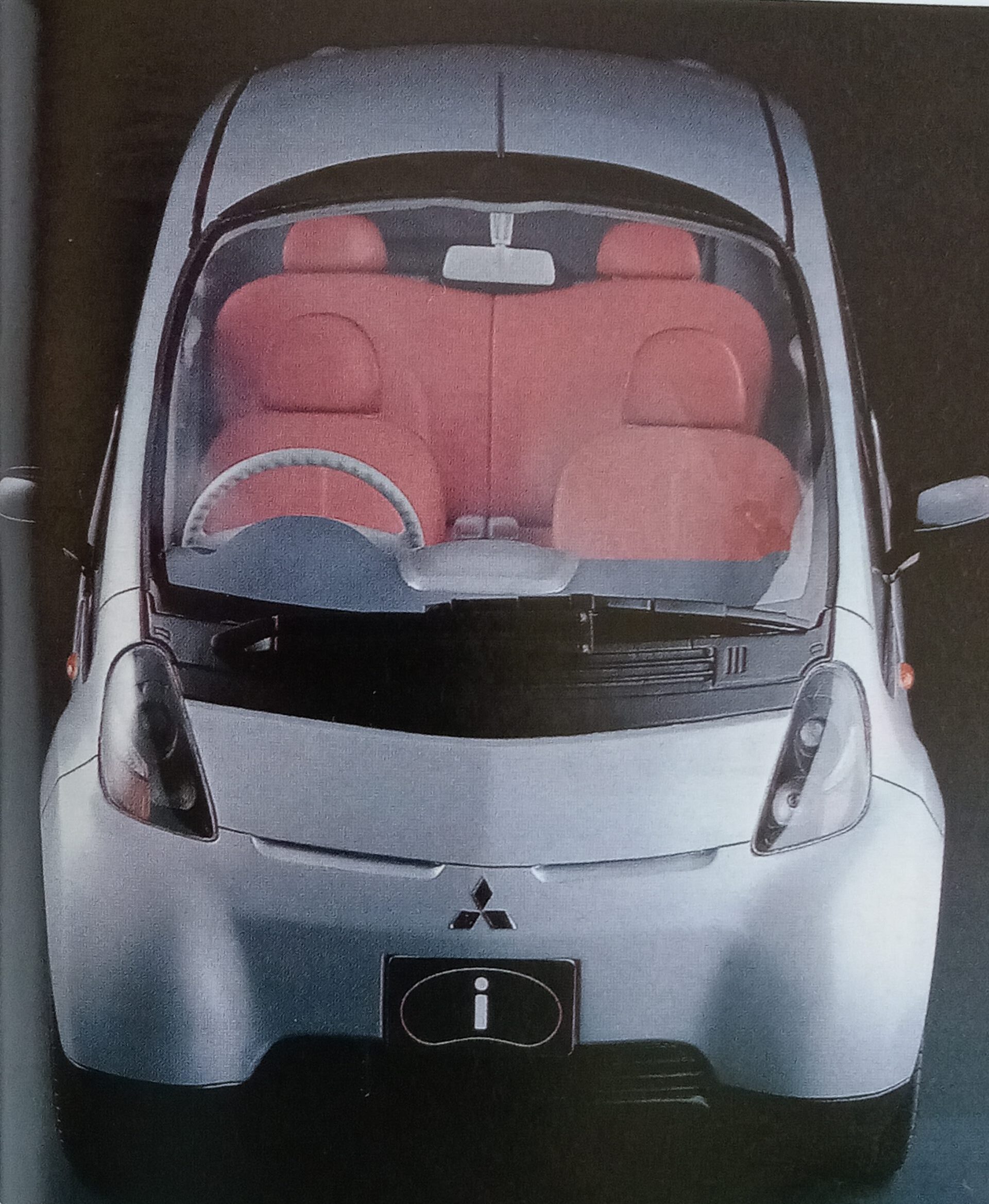
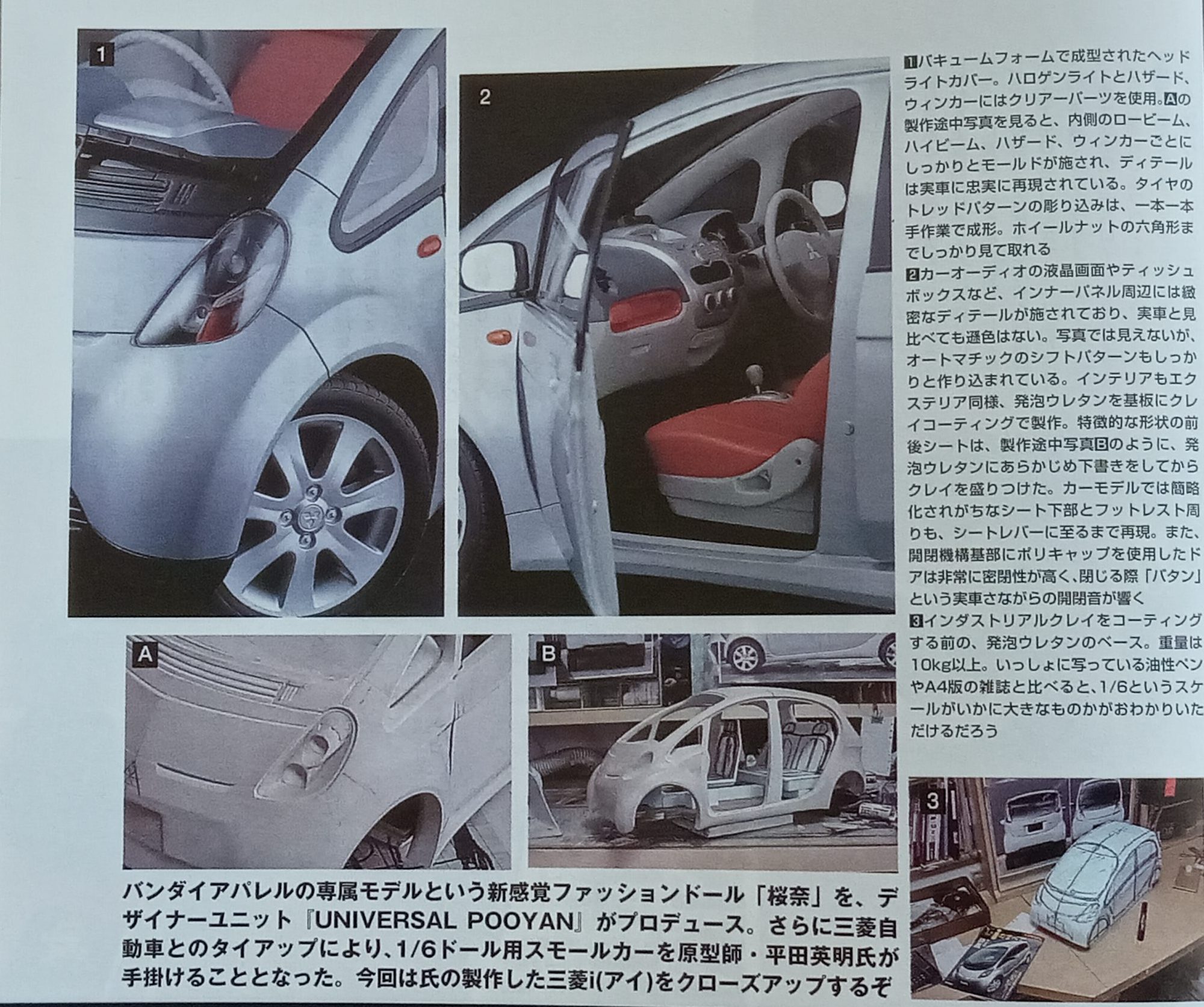 (大日本出版刊 モデルグラフィックス Vol.262, 2006年9月号【P130-131】)
(大日本出版刊 モデルグラフィックス Vol.262, 2006年9月号【P130-131】)
次に、初めて実物の『i』【アイ】を見たのは最近のことで、
数か月前、
妻と近所の峠の山道へ散歩に出かけた折、
公園の駐車場で北米版の青いのを見かけました。
まず最初、
『何これ?』
何か変な改造車かな?
アメリカ仕様のバンパーがあまりにも大きく張り出し、そのボリュームと不格好なデザインが美しい紡錘形の車体部分を完全に無視しており、
これがあの憧れの『i』【アイ】だとは全く信じられませんでした。
正確には、この個体は2016年から販売開始された電気自動車版、 [i-MiEV]の北米版で、安全対策のため日本版に比べ全長が20cm全幅が12cmもかさ増しされており、日本版の印象とはかけ離れたものとなっていました。インテリアも同様に改悪されており灰色と黒の内装はただのチープな小型車のそれでした。(この時初めて、デザインのキャラによっては全幅を増やすことがこれほどかっこ悪さにつながるんだと、知りました。(笑) ちなみに、プジョーやしシトロエンを通じてヨーロッパで販売されたものは日本仕様に準ずる車体サイズだったそうです。嬉)
ーーーーー>私が将来この車を買うとしたら、
間違いなく日本版を選びます。
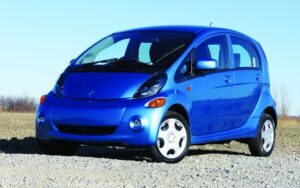
まとめと雑感:有機 ≒ 勇気?

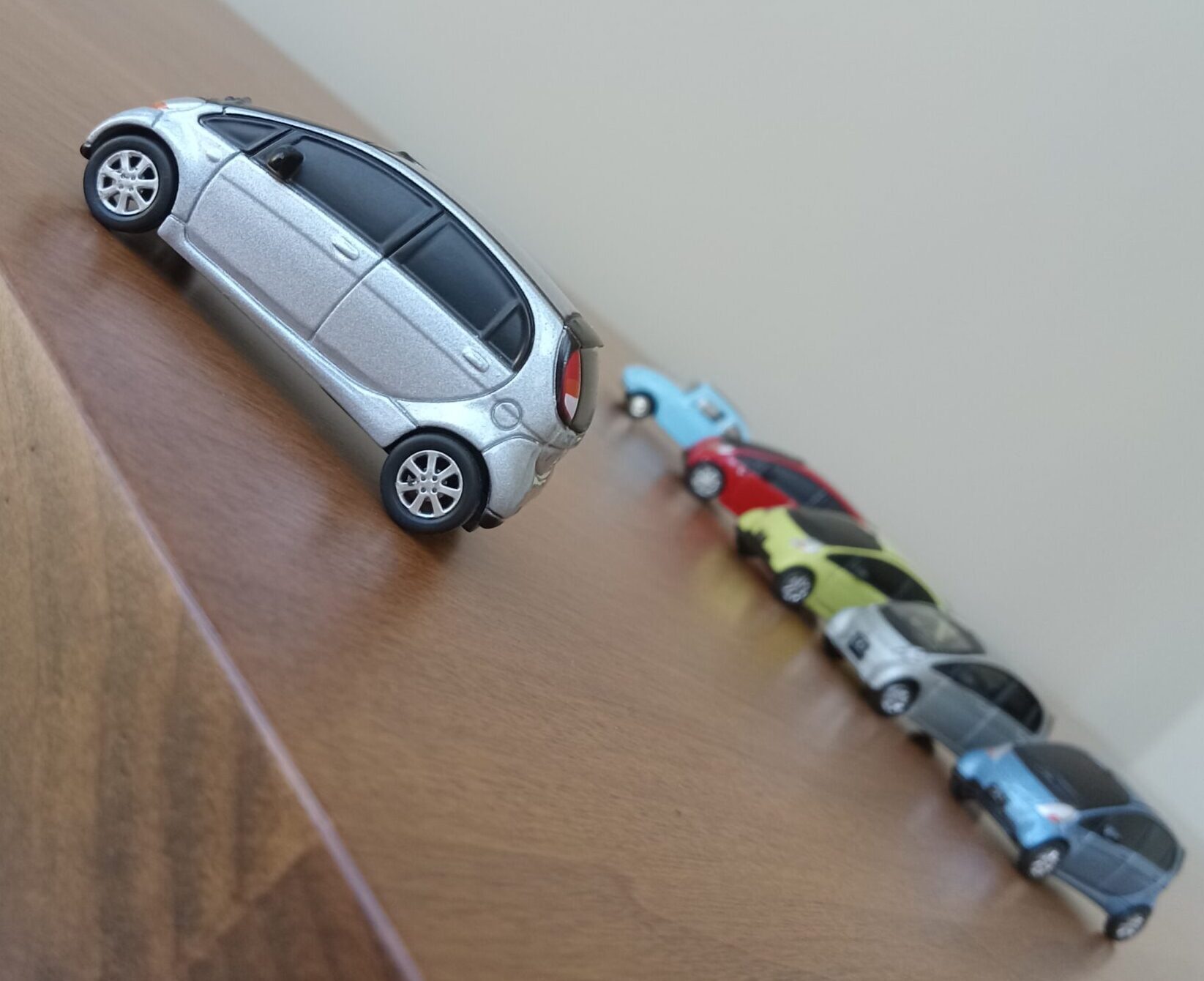
オーガニック・デザインを前例がないほど完璧にものにした、
三菱『i』【アイ】は、
商業的には成功とはいきませんでしたが、
お金で買えない尊い成果を上げた、
勇気(有機)あふれるデザイン
として私が受けた感動はほかに比べる例が他業種になる程にまれなものです。
(ソニーのウォーク・マン、山本耀司の服飾デザイン、シンセサイザーなんかの発明、映画:スターウオーズの製作など)
『オーガニック・デザイン』に対する雑感:
こうして見てきますと、
オーガニックデザインを一番実車に生かしてきたのは日本車ではないかと思えてきます。
90年代初頭と言えば、バブルの余韻が残る時代で、第2次大戦後工業製品の大量生産とその品質、性能の向上を目指して突き進んできた日本の自動車産業が、技術的にはある程度欧米に追いつき、外見デザインの分野でも秀でていくための材料として
『オーガニックデザイン』が
ぴったりだった感じがします。ちょうどアメリカ経済の勢いの象徴として1950年代のアメ車の『テールフィン』があったように、、、
その後『オーガニックデザイン』の流れは絵画のひとつの技法のように世界中で自動車デザイナーの画法として一般化して、メガネのトレンドが角型から丸型になるように、自動車デザインのテイストが角型から丸型に移る時に(螺旋階段を一周上り切り、又同じフェイズに差し掛かる感じ)欠かさず一層高度なバージョンとなって生かされています。更には、2010年代以降のレクサスのように、角形+丸型のハイブリットにオーガニックで味付けした超複合型のデザインが成功を収める例も見受けらます。
しかしながら、このような全部乗せ状態のデザイント・レンドは、何のことはない、以前オースチン・ヒーレーのデザイン解説の所でお話ししました、デザイン創成期のツーリング作フェラーリ340バルケッタの時点で、だれから教わるでもなく、既に最近のレクサスの面創りのような複雑な様式が存在したんだと感じます。(船底の設計や馬車の設計からの応用)
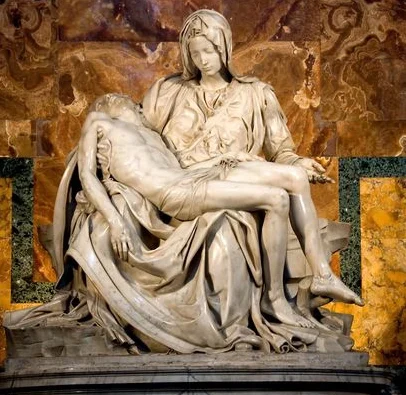 (結局、ある域に達した職人の指先から生まれる技に、いろんな呼び名を与えていただけで、カテゴリーに関係なく、立体造形の表面には常にオーガニックな柔らかさやひだ(ドレ―パリー)のようなテイストがあったのかもしれませんね。)
(結局、ある域に達した職人の指先から生まれる技に、いろんな呼び名を与えていただけで、カテゴリーに関係なく、立体造形の表面には常にオーガニックな柔らかさやひだ(ドレ―パリー)のようなテイストがあったのかもしれませんね。)
(ミケランジェロ作『ピエタ』サンピエトロ寺院、バチカン所蔵)
ただ、最近のレクサス的
*角形、丸型混合の大胆かつ複雑な面構成の中にオーガニックな『ひだ』的ニュアンスをディテール装飾的に付け加える。(細部へのアプリケーション)
更には、マツダ・デザイン的な、
*車全体を有機体ととらえて、大きなうねりそのものをオーガニック因子としてとらえる。
ーーーーーーーーー>いわゆる鼓動デザイン(全体へのアプリケーション)
このように同じ「オーガニック・デザイン要素」といえど、両極端な発展を遂げているのを見るにつけ、今後ともこの流れは私たちと、周囲の工業製品とを繋ぐ「柔対堅」のインターフェイスのように、ありとあらゆる機会に顔を出す立体造形の「米の飯」のような存在になるのでしょうか?
今後の発展が楽しみです。
最後に、
その他のオーガニックデザインを見てみましょう。
有機あふれるオーガニック・デザインのクルマたち
以下が私の好きな,
このカテゴリーの自動車たちです。
*トヨタ・プレビア(エスティマ)1990(メタリック・グリーン)
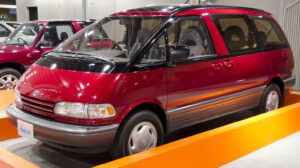 (三菱「i」と同様、ミッドシップのエンジンを中央の低い位置に寝かせて配置、『一筆書き』風の卵型デザインを実現、「天才たまご」として一世を風靡)
(三菱「i」と同様、ミッドシップのエンジンを中央の低い位置に寝かせて配置、『一筆書き』風の卵型デザインを実現、「天才たまご」として一世を風靡)
*ユーノス・500、1992(メタリック・マルーン)
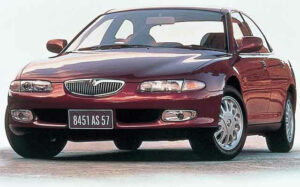 (ジウジアーロも大絶賛。デザイナー:荒川健氏のマツダ移籍直後の傑作デザイン。5ナンバー枠の中で、しっかりとした5人乗りセダンと、美しい有機デザインを両立、2020年代の街中でのなじみ方は、荒川さんの言わんとしたことを体現(止め)笑)
(ジウジアーロも大絶賛。デザイナー:荒川健氏のマツダ移籍直後の傑作デザイン。5ナンバー枠の中で、しっかりとした5人乗りセダンと、美しい有機デザインを両立、2020年代の街中でのなじみ方は、荒川さんの言わんとしたことを体現(止め)笑)
* ユーノス・コスモ、1990(黒とグレーのツートン)
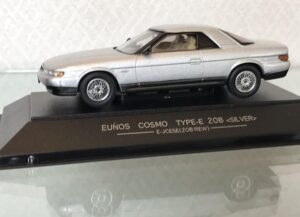 (走る不良債権、5年間の生産台数8842台の失敗作と言われがちですが、いまだにイギリスでは大人気、バブルが残した日本版キャデラック・エルドラド的な一台。ソアラと70年代アメ車を足して2で割ったような伸びやかで美しいプロポーションは涙物、、、、山口百恵に対しての木之内みどり的立ち位置、、、、笑)
(走る不良債権、5年間の生産台数8842台の失敗作と言われがちですが、いまだにイギリスでは大人気、バブルが残した日本版キャデラック・エルドラド的な一台。ソアラと70年代アメ車を足して2で割ったような伸びやかで美しいプロポーションは涙物、、、、山口百恵に対しての木之内みどり的立ち位置、、、、笑)
* ユーノス・プレッソ、1991(メタリック・グリーン)
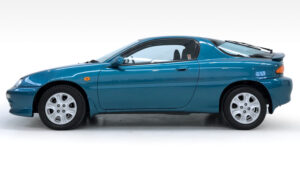 (マツダ、デザイナーの荒川健氏からの、ベルトーネ時代のジウジアーロの秀作:アルファロメオ・カングーロに対するオマージュ? ホンダ・CR-Xのお兄さん的プロ―ポーションと有機的ボディー表面のバランスが秀逸。リアウィンドウ・ガラスの曲率も特筆もの。)
(マツダ、デザイナーの荒川健氏からの、ベルトーネ時代のジウジアーロの秀作:アルファロメオ・カングーロに対するオマージュ? ホンダ・CR-Xのお兄さん的プロ―ポーションと有機的ボディー表面のバランスが秀逸。リアウィンドウ・ガラスの曲率も特筆もの。)
*アンフィニ・RX-7、1991(外装:シルバー、内装:レッド)
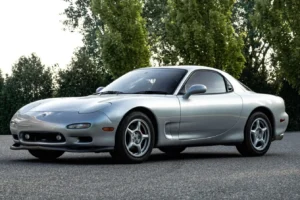
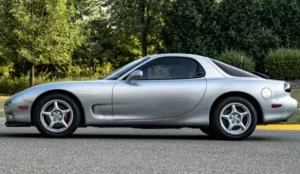
(開発中、ポルシェ924Sを真似たと云われるも、蓋を開けれければ、それを軽く超える性能と、歴史的レベルに秀麗な外装デザイン、優雅かつ力強い外観は実際以上に巨大(4m70cm 位)に見えます。12年間で、53,000台生産)
*トヨタ、初代セリカ・クーペ1600(=達磨セリカ)、1970(メタリック・ブルー)
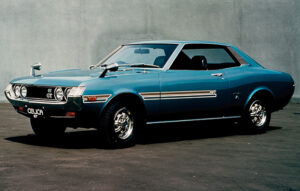 (フォードマスタングに倣って、カリーナベースの日本版「ポニーカー」の始まり、4.2mに破綻なく収まったプロポーションと本家以上に実験的な、プレス曲率の限界を超えたリアクオーター・ボディー面は必見!!)く個人的にリフトバックよりこっちが好みです>
(フォードマスタングに倣って、カリーナベースの日本版「ポニーカー」の始まり、4.2mに破綻なく収まったプロポーションと本家以上に実験的な、プレス曲率の限界を超えたリアクオーター・ボディー面は必見!!)く個人的にリフトバックよりこっちが好みです>
* ポルシェ・ボックススター981、スパイダー、2010(外装:シルバー、内装:レッド)
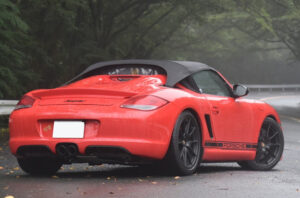 (コンセプトカーを何とか再現した生産車(981型)のモデル末期に登場した、軽量、濃縮バージョンの洗練された美しさを象徴する、より低い全高とそれを強調するシンプルなブラ・トップデザインの妙味)
(コンセプトカーを何とか再現した生産車(981型)のモデル末期に登場した、軽量、濃縮バージョンの洗練された美しさを象徴する、より低い全高とそれを強調するシンプルなブラ・トップデザインの妙味)
*レクサス・ES、2018 7代目(外装色:シャンペン・ゴールド)
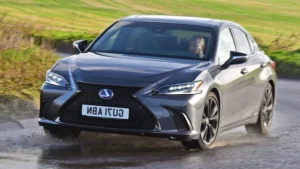
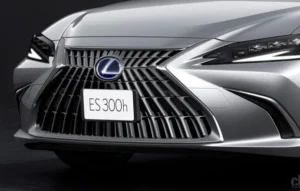
(アバロンのシャーシを得たことで、さらにのびやかになったボディーライン、そこへわずかに尻下がりなボディー後半部分を合わせる勇気!フロント3/4からのリアタイアの『踏ん張り感』は至高! さらには、スピンドルグリル周りの職人の指先を感じる洗練度 かつ精緻の限りを尽くした仕上精度は見るたびにため息もの。 完全電動化直前、トヨタの旨く、苦く、流麗かつ毒気を含んだ「鮎」デザインの終着駅)(『鮎』=レクサス・ミッドサイズセダンの系譜)
* レクサス・ LF500H、2017【外装色:メタリック・レッドマイカ)
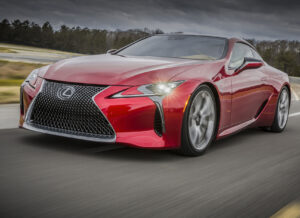

(きわめてラディカルなCALTY発のコンセプトモデルを、ほぼそのまま生産化、ソアラからつながるトヨタのフラッグシップの端正なサイドビュー・バランスはそのままに、四隅のフェンダー部が立体的に躍動するエグいプランビューの創造に成功、スピンドルグリルと前後ライト周りの挑発的な洗練度も見どころ。)
*メルセデス・ベンツ C300 クーペ【C205】(外装:シルバー)
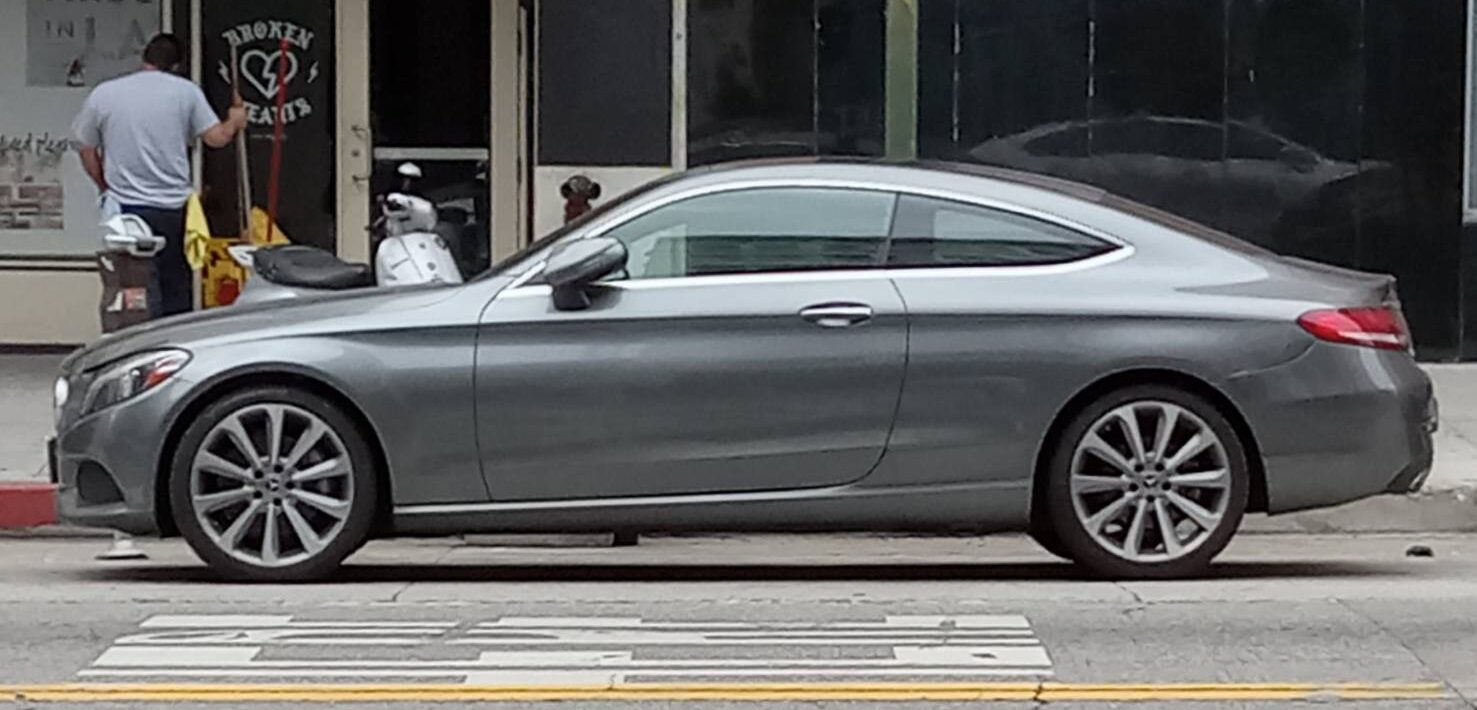
(最近10年で、一番の「オーガニックデザイン」、メトロ通勤途中駐車中のC205を毎日見かけて、ため息。(この度やっと撮影)サイドビューとフロント3/4ビューの美しさは言葉にできないレベル、【これぞ、FRクーペ・プロポーション】ただしAMG系やチューンアップバージョンはゴテゴテすぎで論外です。)
「一番多感?な時代」に慣れ親しんだデザインが多いため、
長くなってしまいましたが、
この辺で、
オーガニックデザイン編を終わらせていただきます。
次回は第3回:スズキ、フロンテ・クーペ、1971(外装職:紫、ジウジアーロ作)
を題材に、超小型クーペの歴史を語りたいです。
―お楽しみに―
本ブログと記事内容につきまして:
ブログ記事を書くにあたり私の目標は、立体造形(料理も含めて)とのかかわりを通じて、私個人の特徴的(ネジ曲がり方も含めて)な評価軸を解明することで、「美しさ・美味しさ」に対する好奇心や、探求心を、どのように満足・充足させてきたのかを明記しておくことです。
従いまして、記事の中に出てくる、数字や年号、微細なデータなどには細心の注意を払っておりますが、時に大きな間違いや勘違いを犯していることも考えられます。特に自動車記事における主要諸元や、年号などには紛らわしいものも多く、あくまで参考程度に考えていただければ幸いです。
私としては、記事の中で個人的な外観デザインや味覚の評価、そこから広がる後半部分につなげるための、『流れ』を作るための客観的材料として年号やデータを挿入している感じです。あくまで重視したいのは、私個人の頭の中で起こる、記憶の錯そう的混沌から生まれる新たな『見方』や『情報の予想外のつながり』です。その勢いを作り出す、『流れ』の一環として、諸データが副次的に必要となるわけです。
話がそれますが、大好きな落語の世界に「三題噺」という、その場て会場から募った3つのお題を使って1つのお話に仕立てるといったお遊びがございますが、私はそれに近いことを立体造形の特徴や(料理のお味)をお題にして行っている感じがします。その中で頭の中に去来する数々の着想が、全く予想外で楽しく、次回からの記事内容を大幅に変えたり、新展開につながっています。
当ブロブの仕組み:
『好奇心の点と線 x 気まぐれ脳内回路=予想外の新展開』
こんな自分勝手なブログですが、今後ともよろしくお願いいたします。
追記:上記の『流れ』を作る為に必要な写真はできる限り、個人所有のミニカー・自前の料理などを使い撮影しておりますが、その他の必要最小限の図版や写真を他のブログ主様の記事や諸会社ホームページなどからお借りしております。(記事内容に合うよう加工させていただき、使用時は最小の解像度で載せております。)問題がある場合、ご連絡いただければ直ちに降ろさせていただきます。
追記2:当ブログ記事に掲載のミニカー写真等(個人撮影)は許可なしで、どのようにお使いいただいても結構です。私個人の創造性はこの世のもの、と言う認識の上で記事を製作しています。
!!!!!!!!!!!!!!!!!!!!!!!!!!! Translated in English !!!!!!!!!!!!!!!!!!!!!!!!!!!!!!!!!
Part 2: Mitsubishi “i” (exterior color: silver)

For me, the Mitsubishi “i” is
a late bloomer,
an example of
“Organic Design”
(similar to Cinderella’s pumpkin carriage, lol).
It’s as if
a powerful ‘organic design’ factor that had been dormant in the design world since the big boom of the 1990s,
suddenly awakened from a 30-year slumber!!
That’s how it feels.
While there have been previous examples of applying egg-shaped spherical bodies to commercial vehicles or family sedans, such as the first-generation Toyota Estima (Previa), the fact that the Mitsubishi ‘i’ has successfully achieved this within the limited package of a Japanese [micro car] is truly impressive.
What is ‘organic design’?
For those of us who received automotive design education in the early 1990s, the term ‘ryumenn-kei’ or ‘organic design’ (which emerged as a counterpoint to the existing boxy, straight-line design language)
referred to
a new design trend
that heavily utilized
complex three-dimensional curves.
seemed highly appealing,
and the progress in aerodynamics at the time served as a sort of justification,
leading students to admire designers like Luigi Colani,
who excelled in aerodynamics and organic surface design.
(Colani actually visited my alma mater as a guest, bringing his own aerodynamic Mercedes-Benz with him.)


However, the actual application of this organic design to production vehicles was surprisingly rare,
with examples limited to the Ford Taurus and Mazda vehicles from the bubble era.
(At the time, the Mazda-Ford Group, which had a capital and chassis partnership, acquired the Italian design studio Gear, which excelled in organic surface design, and actively embraced this trend.)
 (1992 Ford Gear Focus: Concept Car)
(1992 Ford Gear Focus: Concept Car)
Next, let’s take a closer look at the actual vehicle.
For this vehicle explanation, we referred to the following magazine.


 San-ei Shobo Publishing: Motor Fan Special Edition,
San-ei Shobo Publishing: Motor Fan Special Edition,
New Model Report No. 372
“Everything About the Mitsubishi i [Eye]”
Real-world explanation: The small whirlwind—the “cocoon-shaped design”

Following a series of negative news stories in the 2000s, including the recall cover-up scandal and the dissolution of the capital alliance with DaimlerChrysler, Mitsubishi Motors developed the ‘i’ (Eye) in 2006 as a ‘turnaround’ project. The ‘i’ was equipped with features worthy of sparking a new ‘storm’ in the highly competitive light vehicle market, which was already saturated with practical functions.
Specifically,
by positioning the engine
low and low in Rear-Mid,
* natural steering feel from rear-wheel drive,
* excellent maneuverability from a large steering angle,
* smooth ride quality from a long wheelbase and large-diameter tires,
* enhanced safety through maximized passenger space and enlarged front crash zones
and other notable features,
offering unmatched levels of interior space, collision safety, and innovative exterior design as sales advantages, it concluded its model cycle to widespread acclaim. The Mitsubishi ‘i’ sold over 85,000 units in the nine years from 2006 to 2014, and an electric vehicle version, the ‘i-MiEV’ (the world’s first mass-produced lithium-ion battery-powered EV), was also developed, supplied to Peugeot and Citroën as an OEM, and exported worldwide.



Exterior Design Observation Notes
What are the design features of the egg-shaped/organic form ‘i’ (Eye)?

We will introduce them in the following order.
1. The ‘cocoon-shaped design’ that leverages the long wheelbase achieved by the rear mid-ship layout
(newly designed engine, newly designed safety-focused chassis, hybrid design combining clay and CAD/CAM, etc.)
2. The unique proportions that offer stability and driving stability thanks to large-diameter tires
3. The organic (organic) interior design that exudes an otherworldly sense of ‘wrapped-around-envelopment’
4. The massive windshield and unique rear hatch design brought about by the rear-engine layout
6. The three-dimensional aura that conveys the ‘soul-filled creativity’ of the Mitsubishi design team on the brink of collapse








6 features:
1. A unique “cocoon-shaped design”
that takes advantage of the long wheelbase made possible by the rear mid-ship layout.
Mitsubishi Motors’ all-or-nothing bet:
* A completely new engine design (mounted at a 45-degree angle to the rear),
* a newly designed safety-focused chassis,
* A hybrid of clay and CAD/CAM: capable of designing complex organic forms,
The large wheelbase enabled by these features allows for a football-shaped passenger compartment, mounted on large wheels and tires positioned at the four corners,
—————-> Realizing the ‘dream design concept’ of a Cinderella’s carriage.
2. Unique proportions with stability and driving stability thanks to large-diameter tires
Since there is no engine under the front hood,
it is possible to take a large steering angle with the front wheels even with large-diameter tires,
resulting in
a long wheelbase (2.55 m)
!
———> The beautiful roof line and cycle fenders at the four corners are skillfully integrated into the overall design through a “one-motion” design reminiscent of a cocoon.
3. An organic interior design that exudes an otherworldly sense of envelopment
The floating-like dashboard and seat surfaces, which match the exterior design, along with the carefully selected interior colors and seat materials and color choices
Interior Color Choices
A touch of greenish gray + muted red
A touch of greenish gray + neutral gray
4. The rear engine configuration enables a massive windshield and a unique rear hatch design.
Similarly, the long wheelbase allows for:
* A front windshield that fits perfectly into the football field-like shape,
* A rear hatch area that balances aerodynamics with a soft, rounded design and graphic details.
5. The three-dimensional aura that embodies the “soulful creativity” of the Mitsubishi design team on the brink of collapse
Born through persistent efforts despite multiple setbacks during the 5–6-year development period,
the “creative aura” emitted by the design, engineering, and advertising teams is evident in every detail of the exterior,
boiling over with energy.
Next, I will share my personal experience with the “i” (eye).
Me = “i” (eye) relationship?









My first interest in the “i” (eye) arose from an article in Model Graphics, a model magazine, about a fully scratch-built 1/6 scale model.

I believe it was about a professional modeler from Model Graphics (Hirata Hideaki) who received an order to create a miniature for advertising photos alongside a 1/6-scale action figure,
using special techniques like vacuum forming,
and after a lot of effort, created an amazing three-dimensional object.
* The doors and trunk open and close,
* The interior is fully reproduced,
and the completed promotional photos were so incredibly realistic they could be mistaken for the real thing!



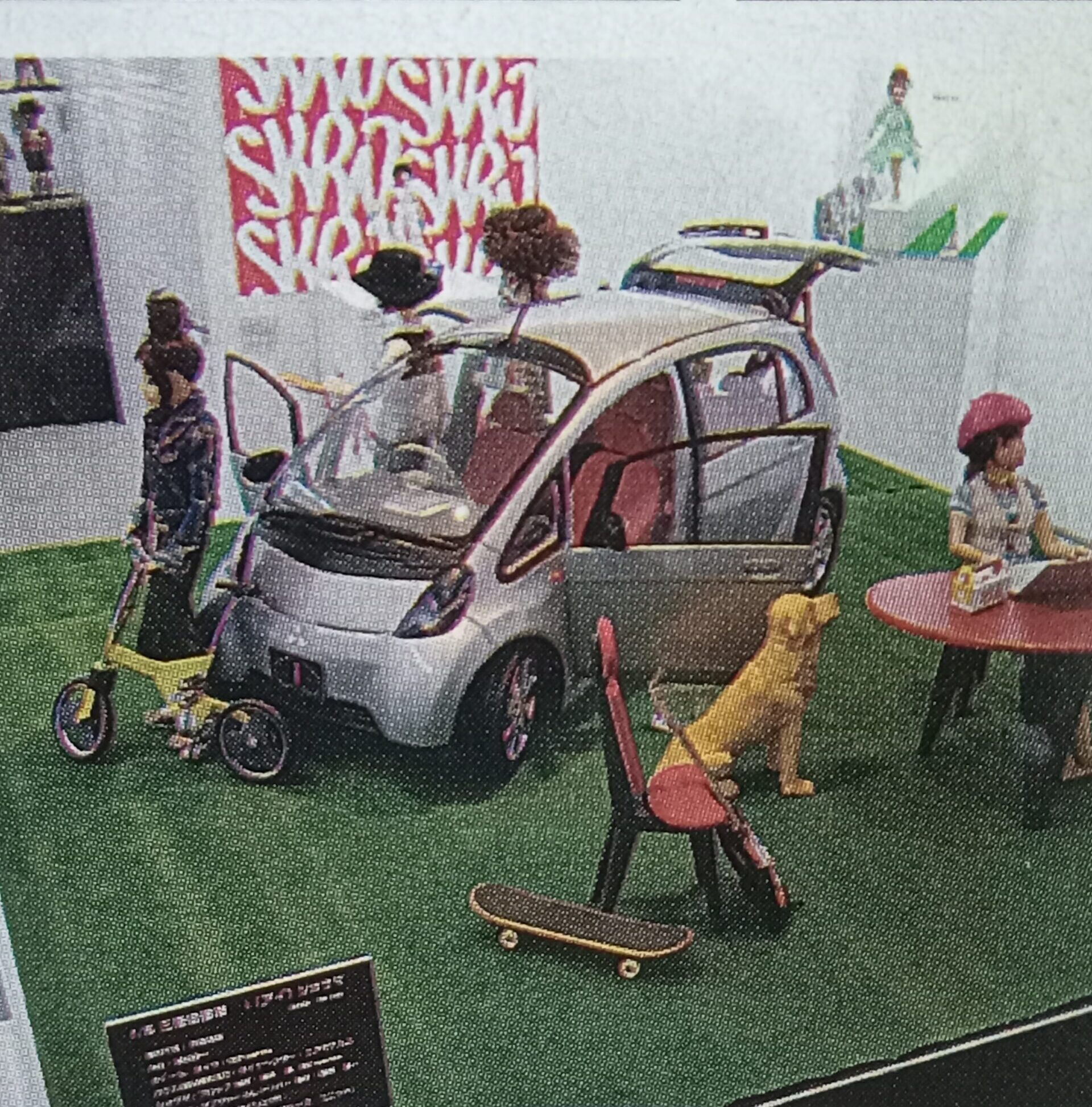
(Published by Dai Nippon Publishing, Model Graphics Vol. 262, September 2006 issue [P130-131])
Next, the first time I saw the actual ‘i’ [Eye] was recently,
a few months ago,
when my wife and I went for a walk on a mountain road near our neighborhood, and I spotted the North American version in blue at a park parking lot.
At first,
“What is this?”
I thought it might be some kind of oddly modified car.
The American-spec bumper protruded so much that its bulk and awkward design completely overshadowed the beautiful spindle-shaped body,
and I couldn’t believe this was the ‘i’ [Eye] I had always admired.
To be precise, this particular model was the North American version of the electric vehicle model, the [i-MiEV], which began sales in 2016. For safety reasons, it was 20 cm longer and 12 cm wider than the Japanese version, making it completely different from the Japanese version’s impression. The interior was similarly downgraded, with gray and black upholstery that felt like a cheap compact car. (At that moment, I realized for the first time that increasing the width based on the design character could result in such an unattractive appearance. (Laugh) By the way, the versions sold in Europe through Peugeot and Citroën apparently had body sizes consistent with the Japanese specification. Yay!)
———> If I were to buy this car in the future,
I would definitely choose the Japanese version.

Summary and miscellaneous thoughts: Organic ≒ Courage?


The Mitsubishi ‘i’ [Eye], which perfected organic design to an unprecedented degree,
did not achieve commercial success,
but it achieved a precious result that cannot be bought with money:
a design brimming with courage (organic).
that left me with an emotion so rare it defies comparison across industries.
(Examples include Sony’s Walkman, Yohji Yamamoto’s fashion design, synthesizer inventions, and the production of the movie Star Wars.)
Random thoughts on “organic design”:
Looking at it this way,
I feel that Japanese cars have been the most successful in applying organic design to actual vehicles.
In the early 1990s, the aftermath of the bubble economy lingered, and the Japanese automotive industry, which had been striving to mass-produce industrial products and improve their quality and performance since the end of World War II, had caught up with Europe and the US in terms of technology.
”Organic Design”
seemed to be the perfect tool to excel in the field of exterior design.
Just as the tail fins of American cars in the 1950s symbolized the momentum of the American economy.
Subsequently, the ‘organic design’ trend spread worldwide among automobile designers like a painting technique, much like how eyewear trends shifted from angular to rounded shapes. When automobile design aesthetics transitioned from angular to rounded forms (like completing a spiral staircase and returning to the same phase), this design approach was consistently refined and elevated to a higher level. Furthermore, examples like Lexus in the 2010s have seen success with ultra-hybrid designs that blend angular and round shapes with organic elements.
However, such an all-in-one design trend is nothing new. As I mentioned in my explanation of Austin-Healey’s design, even at the early stage of design creation, the Ferrari 340 Barchetta (by touring ) car already featured a complex style similar to the recent Lexus face design, without being taught by anyone. (Applications from ship bottom design and carriage design)
 (In the end, perhaps various names were simply given to the techniques born from the fingertips of craftsmen who had reached a certain level of skill, and regardless of category, there was always an organic softness or drapery-like texture on the surface of three-dimensional forms.)
(In the end, perhaps various names were simply given to the techniques born from the fingertips of craftsmen who had reached a certain level of skill, and regardless of category, there was always an organic softness or drapery-like texture on the surface of three-dimensional forms.)
(Michelangelo’s “Pieta,” St. Peter’s Basilica, Vatican Museum)
However, in recent Lexus designs,
* organic “folds” are added as decorative details to bold and complex surface compositions that mix angular and rounded shapes. (Application to details)
Furthermore, in Mazda designs,
* the entire car is viewed as an organic entity, and the large curves themselves are viewed as organic factors.
————————> So-called “pulse design” (application to the whole)
Even though both are referred to as “organic design elements,” seeing how they have developed in such opposite directions, will this trend continue to emerge as a “soft vs. hard” interface connecting us with the industrial products around us, becoming a ubiquitous presence in three-dimensional forms like “White rice” in every possible opportunity?
I look forward to seeing how this develops in the future.
Finally,
let’s take a look at other examples of organic design.
Cars brimming with organic design
The following are my favorite
cars in this category.
* Toyota Previa (Estima) 1990 (Metallic Green)
 (Like the Mitsubishi “i,” the mid-ship engine is positioned low in the center, achieving an “egg-shaped” design reminiscent of a single stroke, and it became a sensation as the “genius egg.”)
(Like the Mitsubishi “i,” the mid-ship engine is positioned low in the center, achieving an “egg-shaped” design reminiscent of a single stroke, and it became a sensation as the “genius egg.”)
* Eunos 500, 1992 (Metallic Maroon)
 (Highly praised by Giugiaro. Designed by Ken Arakawa shortly after his move to Mazda, this masterpiece balances a sturdy five-passenger sedan with beautiful organic design within the 5-number plate category. Its familiarity in urban settings in the 2020s embodies what Arakawa intended.)
(Highly praised by Giugiaro. Designed by Ken Arakawa shortly after his move to Mazda, this masterpiece balances a sturdy five-passenger sedan with beautiful organic design within the 5-number plate category. Its familiarity in urban settings in the 2020s embodies what Arakawa intended.)
* Eunos Cosmo, 1990 (Black and Gray Two-Tone)
 (Often referred to as a “failed model” with only 8,842 units produced over five years, it remains wildly popular in the UK. A Japanese version of the Cadillac Eldorado left behind by the bubble economy. Its sleek and beautiful proportions, reminiscent of a blend between the Soarer and 1970s American cars, are truly tear-jerking… like Midori Kinouchi position relative to Momoe Yamaguchi… laugh)
(Often referred to as a “failed model” with only 8,842 units produced over five years, it remains wildly popular in the UK. A Japanese version of the Cadillac Eldorado left behind by the bubble economy. Its sleek and beautiful proportions, reminiscent of a blend between the Soarer and 1970s American cars, are truly tear-jerking… like Midori Kinouchi position relative to Momoe Yamaguchi… laugh)
* Eunos Presso, 1991 (metallic green)
 (From Mazda designer Ken Arakawa, an homage to Giugiaro’s masterpiece from his Bertone days: the Alfa Romeo Canguro? The proportions are reminiscent of the Honda CR-X, with an excellent balance between the organic body surface and the curvature of the rear window glass.)
(From Mazda designer Ken Arakawa, an homage to Giugiaro’s masterpiece from his Bertone days: the Alfa Romeo Canguro? The proportions are reminiscent of the Honda CR-X, with an excellent balance between the organic body surface and the curvature of the rear window glass.)
* Eunos RX-7, 1991 (Exterior: Silver, Interior: Red)


(During development, it was said to mimic the Porsche 924S, but upon closer inspection, it surpasses it in performance and boasts a historically beautiful exterior design. Its elegant yet powerful appearance makes it appear larger than it actually is (approximately 4.7 meters). Produced 53,000 units over 12 years)
*Toyota, first-generation Celica Coupe 1600 (aka Daruma Celica), 1970 (metallic blue)
 (Following the Ford Mustang, this was the beginning of the Japanese version of the “pony car” based on the Carina. Its proportions fit seamlessly into 4.2 meters, and its experimental rear quarter body panels, which push the limits of press curvature beyond the original, are a must-see!!) Personally, I prefer this over the liftback.
(Following the Ford Mustang, this was the beginning of the Japanese version of the “pony car” based on the Carina. Its proportions fit seamlessly into 4.2 meters, and its experimental rear quarter body panels, which push the limits of press curvature beyond the original, are a must-see!!) Personally, I prefer this over the liftback.
* Porsche Boxster 981, Spider, 2010 (Exterior: Silver, Interior: Red)
 (A production model (981 series) that somehow recreated the concept car, appearing toward the end of the model’s run, symbolizing the refined beauty of a lightweight, concentrated version, with a lower overall height and the subtle charm of a simple bra top design that emphasizes it.)
(A production model (981 series) that somehow recreated the concept car, appearing toward the end of the model’s run, symbolizing the refined beauty of a lightweight, concentrated version, with a lower overall height and the subtle charm of a simple bra top design that emphasizes it.)
* Lexus ES, 2018 7th generation (exterior color: champagne gold)


(By adopting the Avalon chassis, the body lines have become even more flowing, and the courage to combine that with a slightly rear-sloping rear section! The “Stance” of the rear tires from the front three-quarter view is sublime! Furthermore, the refined craftsmanship around the spindle grille and the meticulous finishing precision are breathtaking every time I look at them. Just before full electrification, Toyota’s “Ayu”(trout) design—sweet, bitter, elegant, and yet poisonous—reaches its final destination.)
(“Ayu (Rainbow Trout)” = the lineage of Lexus mid-size sedans)
* Lexus LF500H, 2017 [Exterior color: Metallic Red Mica]


(A radical concept model from CALTY, nearly unchanged in production form. While maintaining the elegant side view balance of Toyota’s flagship models dating back to the Soarer, the design successfully creates a bold plan view with three-dimensional fender sections at the all 4 corners. The provocative sophistication of the spindle grille and front/rear lights is also a highlight.)
*Mercedes-Benz C300 Coupe [C205] (Exterior: Silver)
 (The most “organic design” in the past decade. I see the C205 parked during my daily commute on the metro and can’t help but sigh. (Finally managed to take a photo this time.) The beauty of the side view and front three-quarter view is beyond words. 【This is the epitome of FR coupe proportions.】 However, AMG-series or tuned-up versions are too over-the-top and out of the question.)
(The most “organic design” in the past decade. I see the C205 parked during my daily commute on the metro and can’t help but sigh. (Finally managed to take a photo this time.) The beauty of the side view and front three-quarter view is beyond words. 【This is the epitome of FR coupe proportions.】 However, AMG-series or tuned-up versions are too over-the-top and out of the question.)
Since the design is familiar from “the most sensitive era,”
it has become quite lengthy,
but I will conclude Mitsubishi [I] and the organic design series here.
Next time, in Part 3: Suzuki Fronte Coupe, 1971 (Exterior Design: Purple, by Giugiaro),
I’d like to discuss the history of ultra-compact coupes.
—Stay tuned—
Translated with DeepL.com
これはCTAサンプルです。
内容を編集するか削除してください。
